CREAM – Style Writing shaped by exchange and experimentation
Potsdam, Hamburg, Heidelberg, Leipzig and Berlin
The Berlin-based writer CREAM originally comes from Potsdam. In September 1991 he met MYTHOS, who was already experimenting with spray cans at that time. Encouraged by joint actions, CREAM began to leave his own name in his environment. In spring 1992, during a visit to Hamburg, he discovered the book “Spraycan Art”, which from then on served as a source of inspiration and gave him an idea of the diversity of aerosol art. Adventurous, he regularly explored Hamburg, Berlin and his birthplace Potsdam, discovering early works by writer WORK, which had a strong influence on the still young Graffiti scene in Potsdam. Between 1992 and 1994 CREAM tried out different names and painted with his first partner END in different crews. In search of his own formal language, he received important impulses from his friend SHAB.
In early 1995, he created his first CREAM piece on a section of the Berlin Wall. He oriented himself on European styles as well as on style writing from New York. Pieces in Heidelberg also aroused his interest and a little later he met the older writer KANE and members of the TPM crew in Heidelberg. Impressed by their understanding of the hip hop culture of the time, a new awareness of the context of this subculture raised in him. Later, he got in touch with Adrian Nabi of Berlin’s “Backjumps” magazine to provide him with photos of Potsdam’s graffiti scene.
In Leipzig, CREAM met SLACK, who was already well-connected at that time and regularly organized official wall productions through contacts in the Leipzig city administration, to which he also invited CREAM and his friends. When CREAM was in Heidelberg again in the summer of 1996 with SHAB and HOK, KANE introduced him to KAM and KOMET, which led to a long-lasting exchange between Heidelberg and Potsdam that resulted in the MAD crew that still exists today. Influenced by the style writing from New York, Berlin and Potsdam, CREAM did a vocational apprenticeship as a sign painter during this time. There he learned not only basic knowledge of letter theory, but also other craft techniques, through which he could deepen his previous self-taught knowledge.
Upheaval, change and millennium
After his apprenticeship and months of mental stagnation, CREAM took a two-month trip to Dahab on the Sinai in Egypt with SHAB and WORK at the turn of the year 1998/99. This time became a phase of introspection, of recovery, and provided valuable inspiration that was going to fundamentally shape his conception of style writing. Detached from old conventions, he experimented with colors, increasingly painted on canvases, devoted himself to collages, and dabbled in various techniques and new formats. With his crew members he now painted inside each other, on top of each other, letters were dissolved and coherent murals were created. During this phase CREAM reduced his pieces to the essentials and dispensed with classic style attributes.
Cream, Dahab, 2001 ©Cream Cream, Rock, Shab, Potsdam, 2002 ©Cream Sula by Shab, Cream, Potsdam, 2004 ©Cream Cream, Flämig, 2004 ©Cream Cream, Potsdam, 2005 ©Cream Cream, Potsdam, 2005 ©Cream Cream, Shab, Potsdam, 2005 ©Cream Cream, Moskau, 2008 ©Cream Cream, Potsdam, 2008 ©Cream Boe, Cream, Potsdam, 2010 ©Cream
During this time he met the writer DOGMA, who invited him to participate in the project “eyland 2”. The project was initiated by the painter Rayke Götze and was an attempt to combine classical painting with aerosol art. It also presented works by the Potsdam artists ANTI, DOGMA and WORK as well as by the Berlin artists AKIM and ESHER. In the 90s Potsdam changed from the former squatter stronghold to a bland small town. Little by little, cherished places of self-realization disappeared. Disillusioned by the circumstances – but still inspired by a spirit of optimism – CREAM turned its back on Potsdam in 2002 and went to Italy for some time.
In the experimental laboratory Berlin
In 2004 CREAM moved to Berlin, where he was inspired by the urban flair and experimentation of many different actors and started to develop his own, artistic concepts. Until 2010 he worked multidisciplinary, used different materials, acted in different contexts and became part of a certain scene. With an obstinate formal language, CREAM produced posters and canvases that he subtly placed in the cityscape. For this purpose, he often used stolen weatherproof building tarpaulins and heavy-duty tape. These materials gave the canvases a distinctive aesthetic in which fragments of letters dissolved alongside abstractions.
Cream, Paste Up, Bukarest, 2004 ©Cream Cream, Paste Up, Bukarest, 2004 ©Cream Cream, Berlin, 2006 ©Cream Cream, Tape, Potsdam, 2008 ©Cream Cream, Tape, Berlin, 2008 ©️Cream Cream, Tape, Prag, 2008 ©Cream Cream, Tape, Berlin, 2008 ©Cream Cream, Tape, Berlin, 2008 ©Cream Cream, Berlin, 2009 ©Cream Cream, Berlin, 2009 ©Cream
The dismantling of previous graffiti concepts became a passion for CREAM. Abstract structures in throw-up manner were created, which were intuitively and spontaneously applied with spray cans and brushes at selected locations. The intensive search for suitable locations trained his eye for the urban and the documentation of his outdoor works with photography and video technology became a central component of future works. In 2005 CREAM was part of the “City of Names”, in 2007 he participated in the conception of the exhibition “Planet Prozess” where he presented his own work as an artist duo with his partner. At the “Names Festival” in Prague in 2008, he used tape to stick minimalist outlines on garbage cans for the first time. This simple intervention took its cue from readymades, reworking banal objects from the urban space into symbolic bombing pieces known only from CREAM. In the next two years, during which he traveled through Europe, he transformed several garbage cans, garbage bags, containers, wrapped hay bales, or parking lot signs into pieces with his five letters.
And again and again he was drawn back to Italy, especially to the city of Napoli. He was often accompanied by his writer friends ANY1, BETA and SQUAD, who later included him in their Crew 247. Between 2008 and 2010 he traveled several times to Moscow and kept in touch with the writers OSKES, SCHEME, SUGAR18 and TEAR who live there. Together with them he realized experimental projects in Moscow, Berlin and Potsdam.
Traveling further to the present
With the beginning of the new decade further travels resulted, his thematic fields expanded and CREAM got to know the Berlin writer GATE as well as BOE, whom he visited regularly in Wiesbaden before he moved to Berlin. With both GATE and BOE a close artistic exchange and mutual inspiration developed. Spontaneity in the craftsmanship of his own compositions, in which letters disappeared completely at times, characterized CREAM’s style during that time. In the summer of 2011, the dancer Robert roBirhythm Segner invited him to become part of the organization team for the “Plattenspieler” block party series in Potsdam-West, the core of which was a high-profile international breaking battle. During the two-day festival, nine steles were painted, resembling the former wall elements, giving the place the name “Die Platte.” In the following years, the organization of the live painting actions lay with CREAM. Influenced by shared creative energy, he invited numerous artists and writers for this purpose, who designed the vertical steles together in live sessions. These steles inspired CREAM to develop pieces in vertical format, and he began to work specifically on columns, pillars or in niches.
During the first Corona lock down in the spring of 2020 in Berlin, he experimented in his studio on an extensive series of copied marker drawings based on noisy little CREAM sketches. These were cut up, folded, and reassembled. The resulting nested constructs contain color studies and plays with forms. During the end of the first lock down, he organized repeated painting sessions at Mauerpark with writer friends such as GATE, KASE, BSOS, ROSS, BROM, ROGER, RELAX, SCIM, and OLIVE to paint together the wall there. CREAM increasingly dispensed with spray cans, instead using mainly wall paint, rollers and brushes, making the pieces more painterly and free. In the process, intuitive, spontaneous compositions alternated with those that had been carefully considered in advance.
The letters C, R, E, A, M were and remain the basis of his work in all of his compositions, which he himself calls „Schriftbilder“ (typefaces/script images). Each of his pictures is a reflection of a decade-long attempt to constantly rethink and reinterpret style writing on a visual and content-related level. His most important source of inspiration are the people with whom he is in creative exchange. CREAM has found in style writing his form of artistic expression to process personal emotions, experiences or socially relevant topics in his sometimes own “quirky” visual language.
This summary was written jointly by Katia Hermann and CREAM.
1,289 views
Categories
Tags:

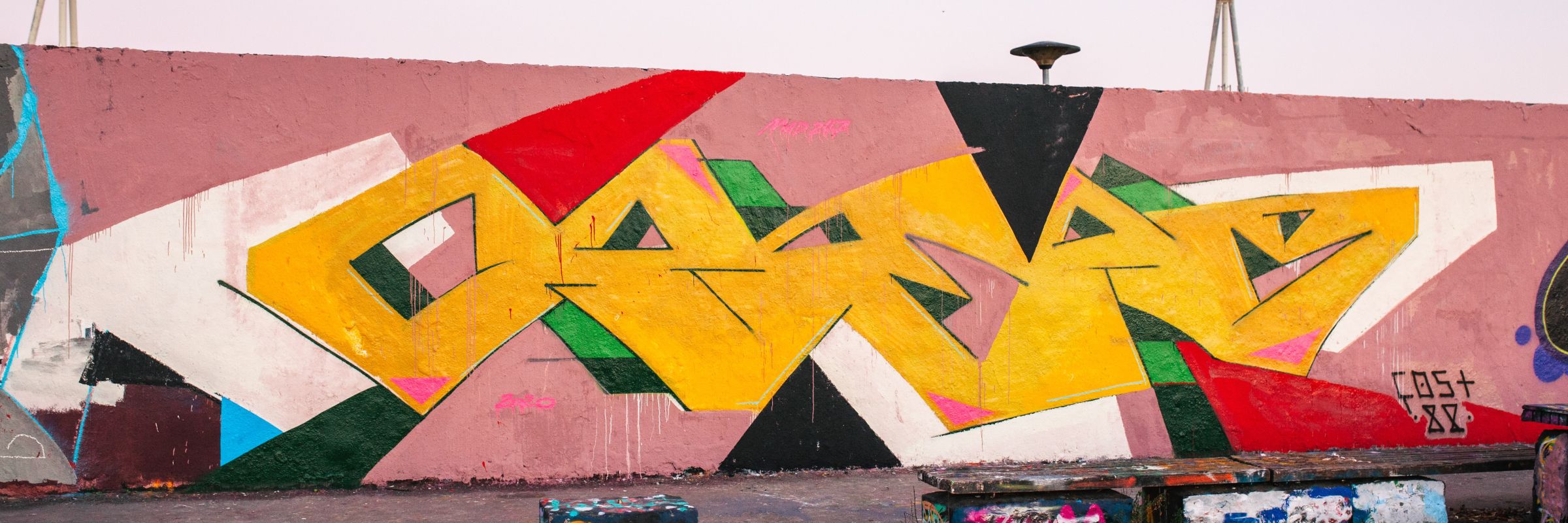

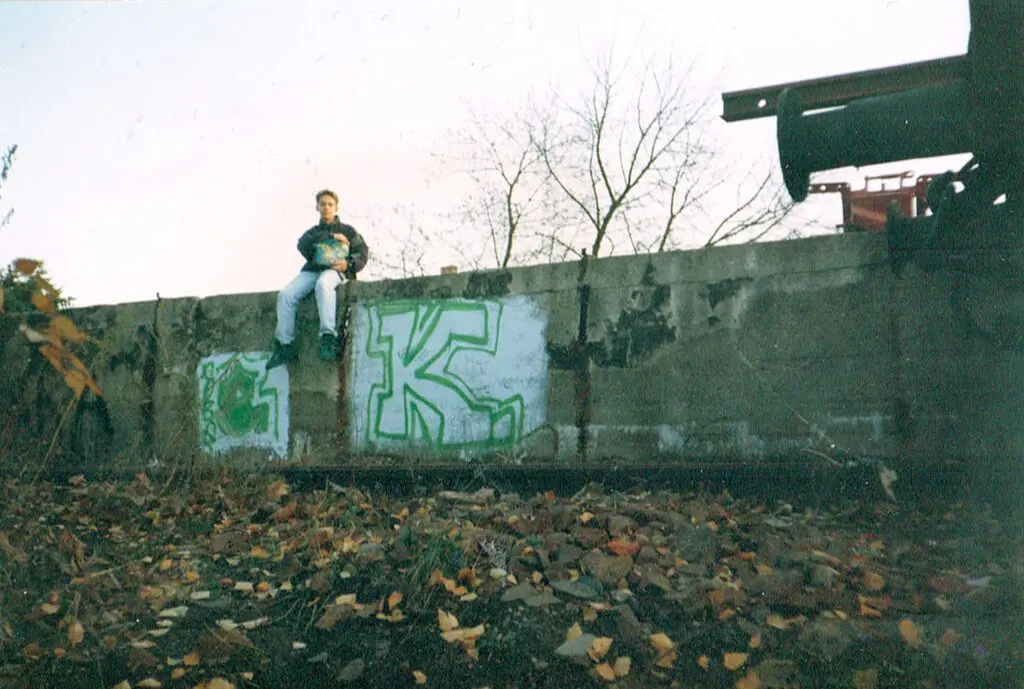
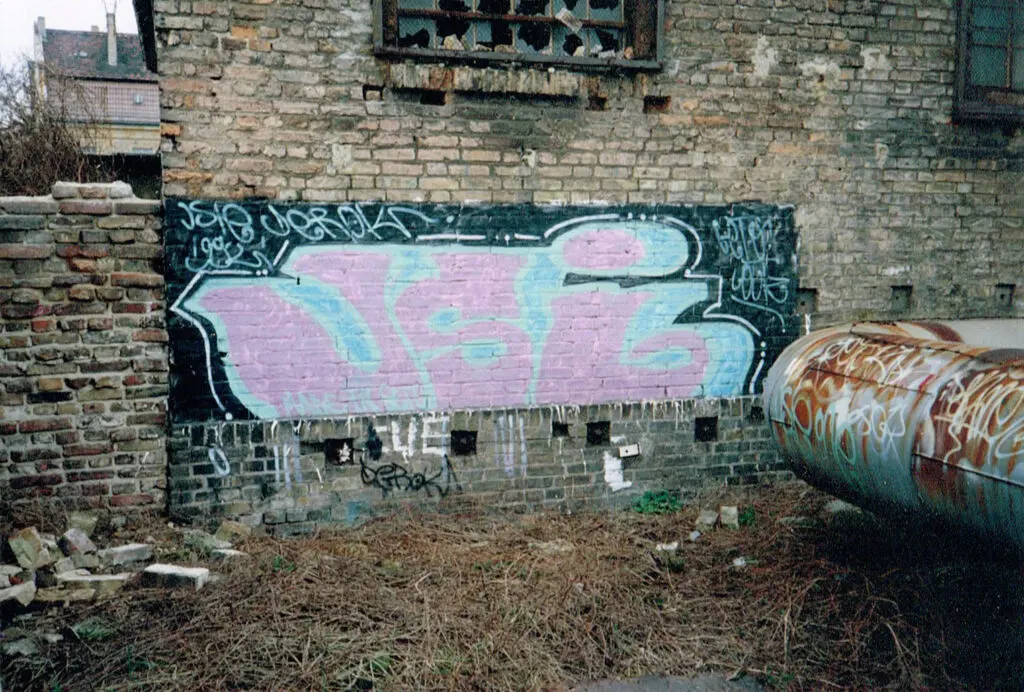
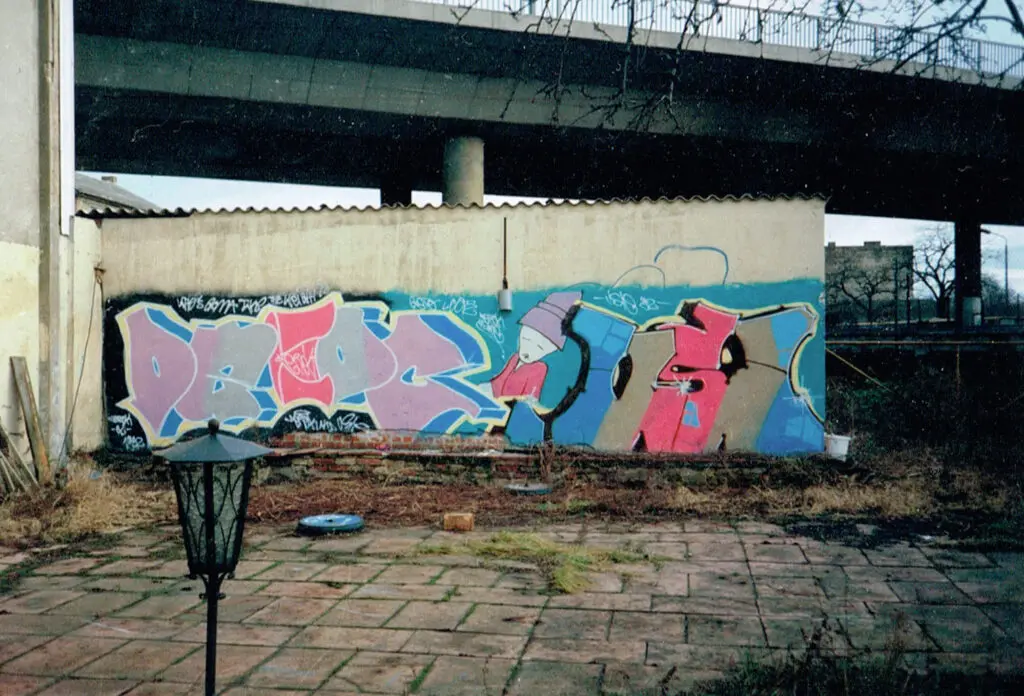
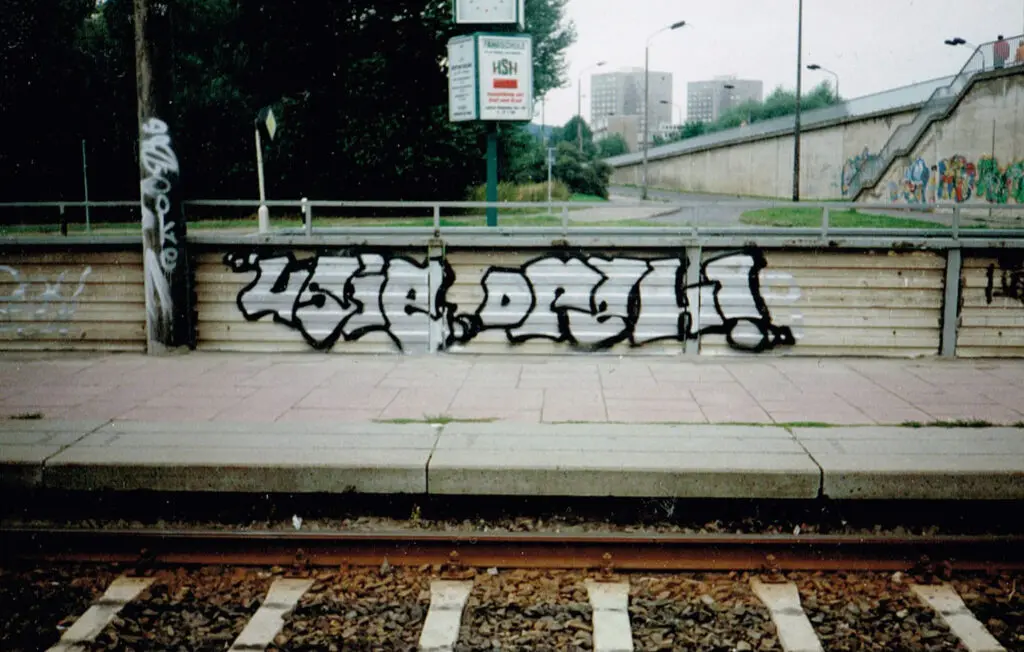
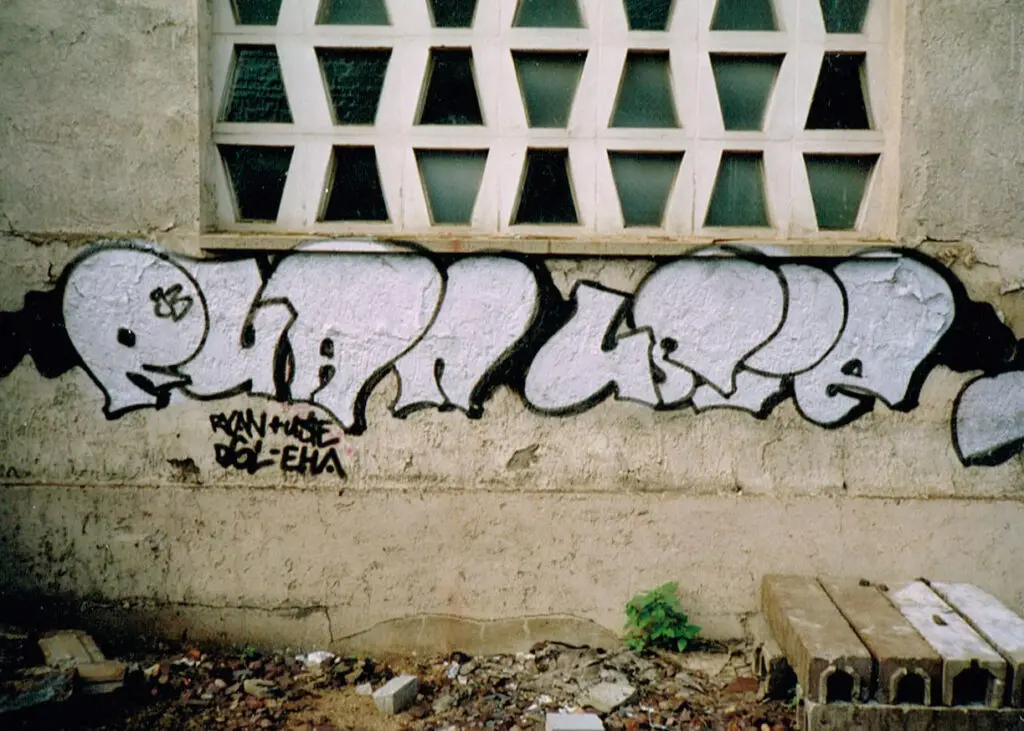
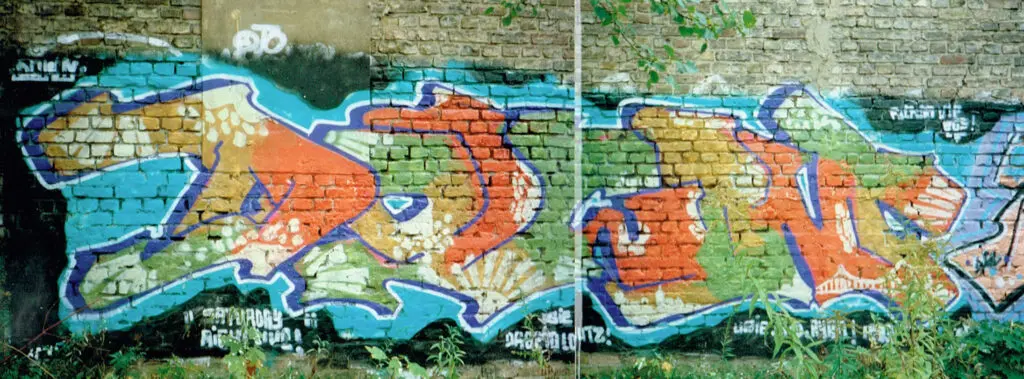
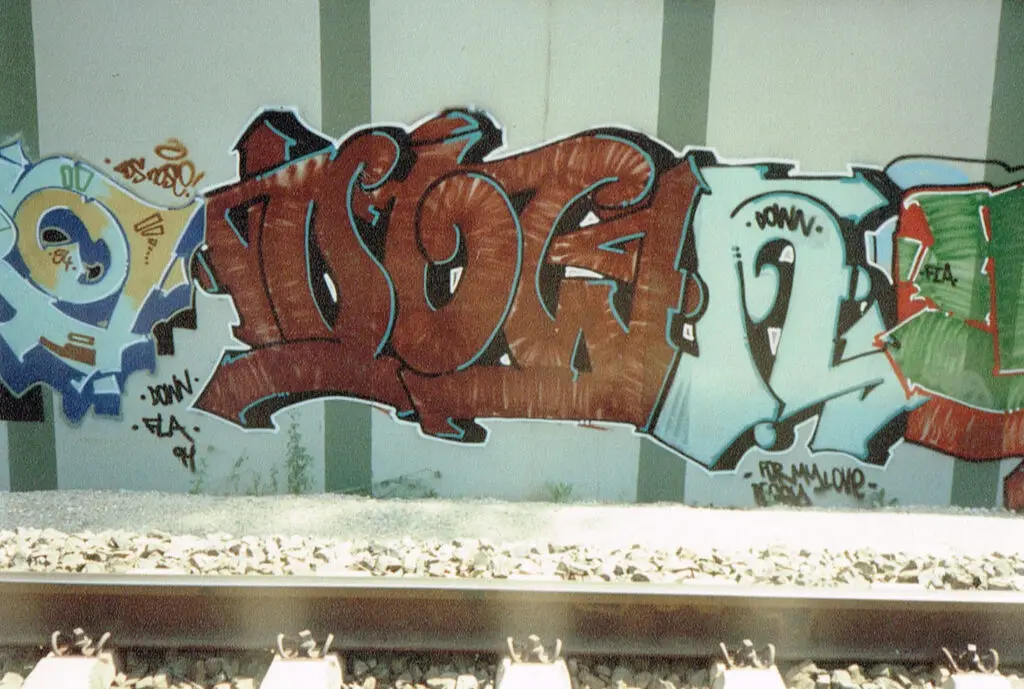
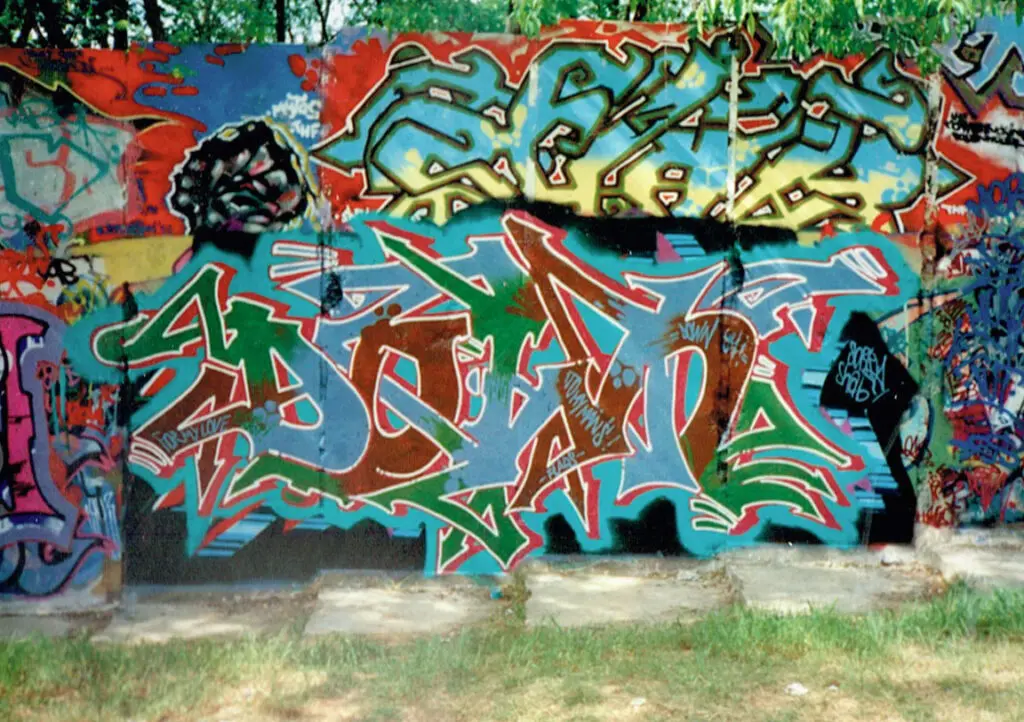
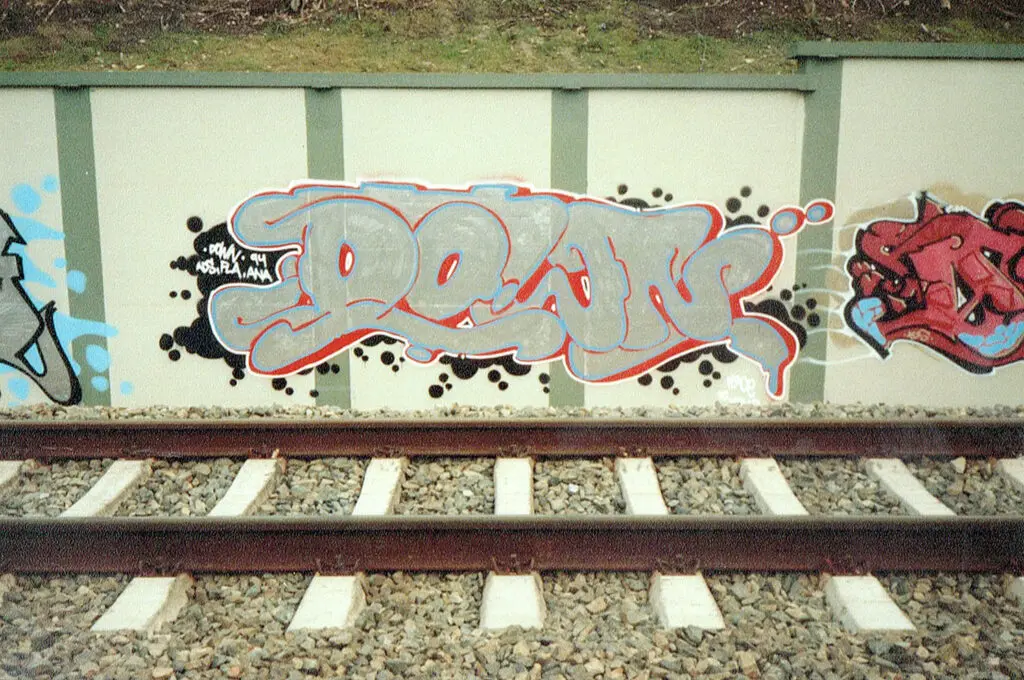
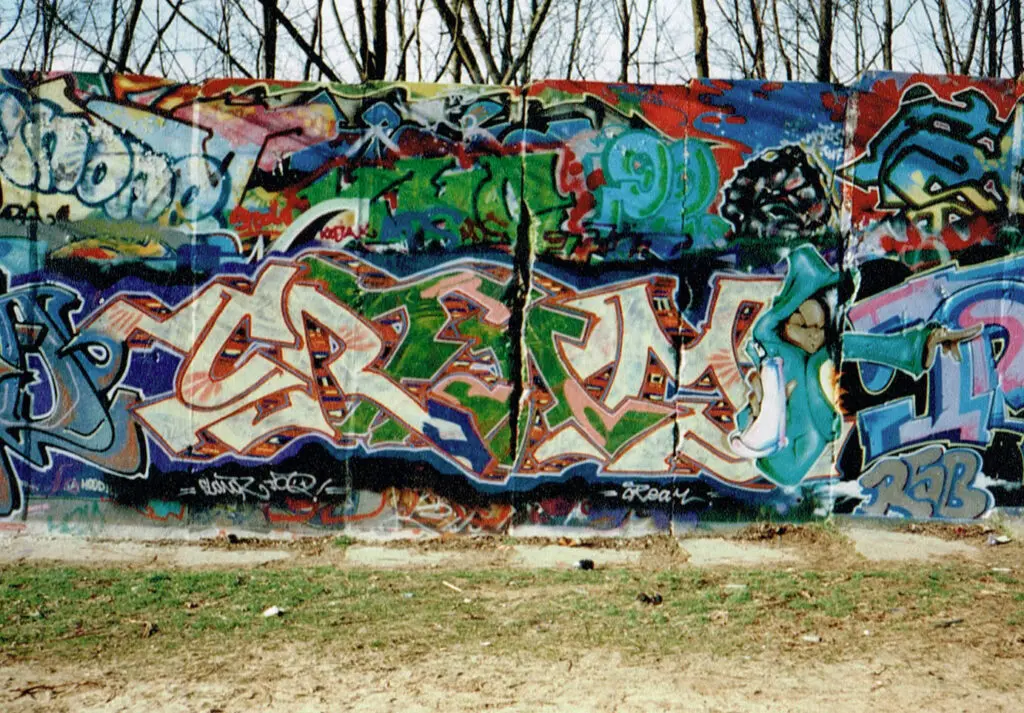
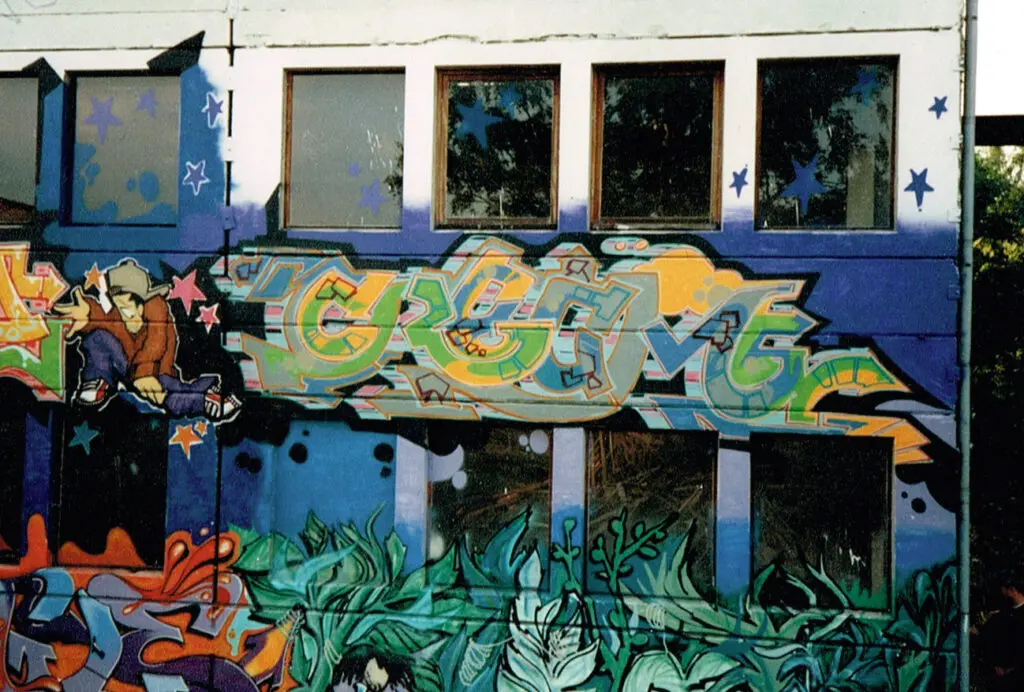
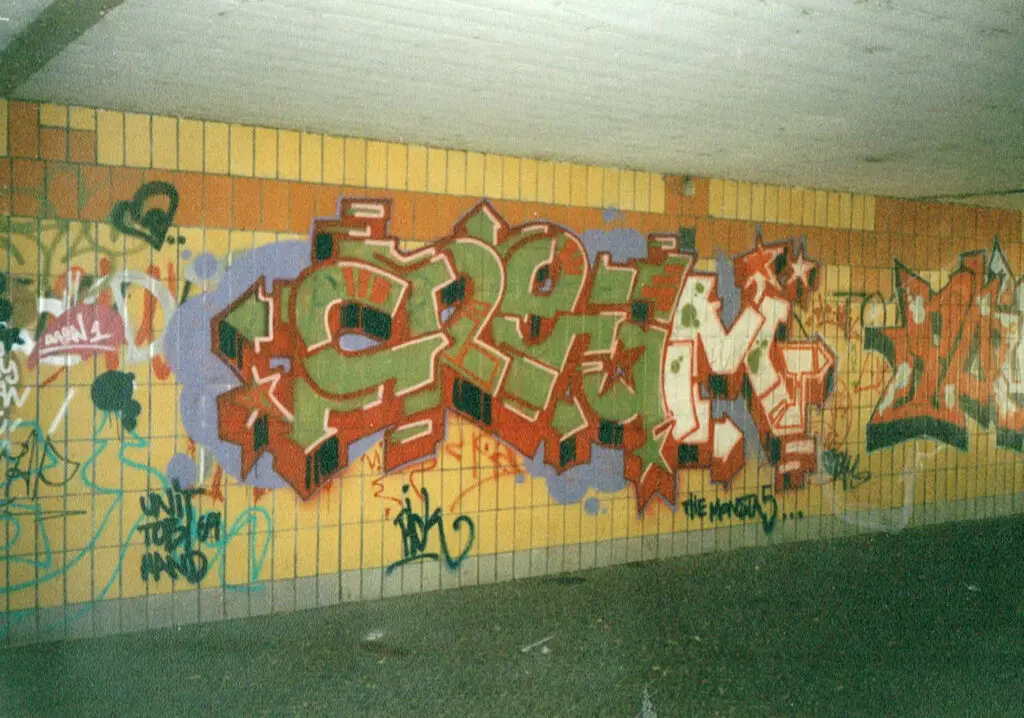

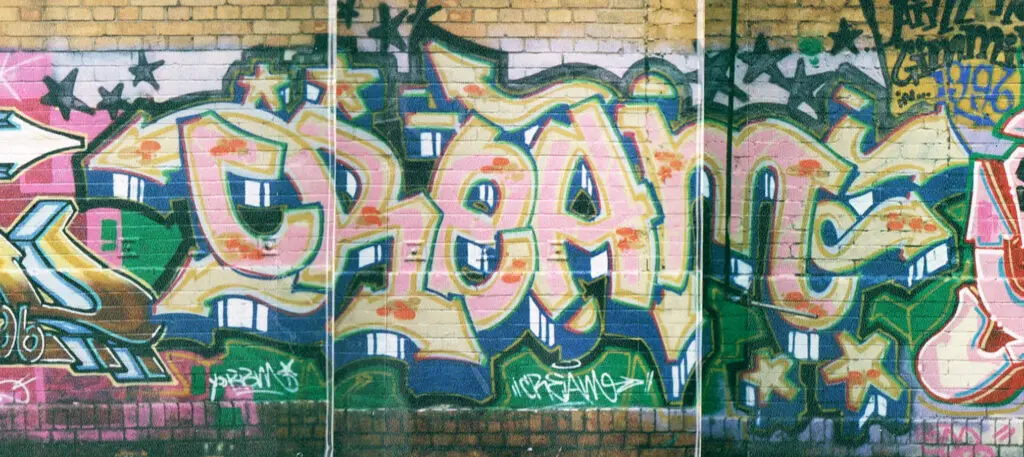
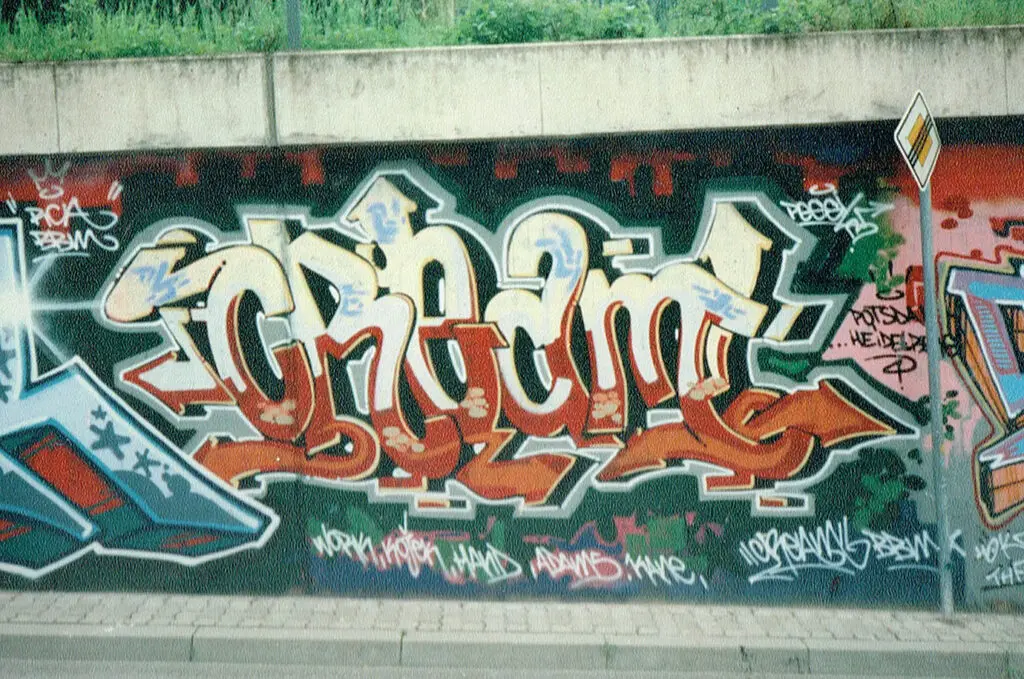
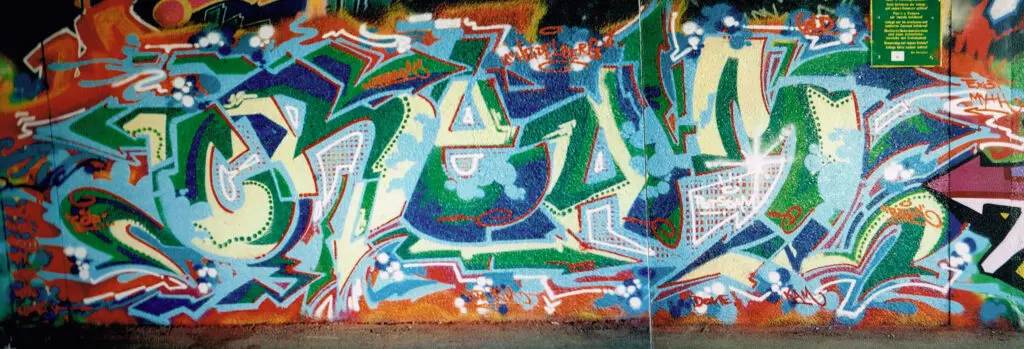
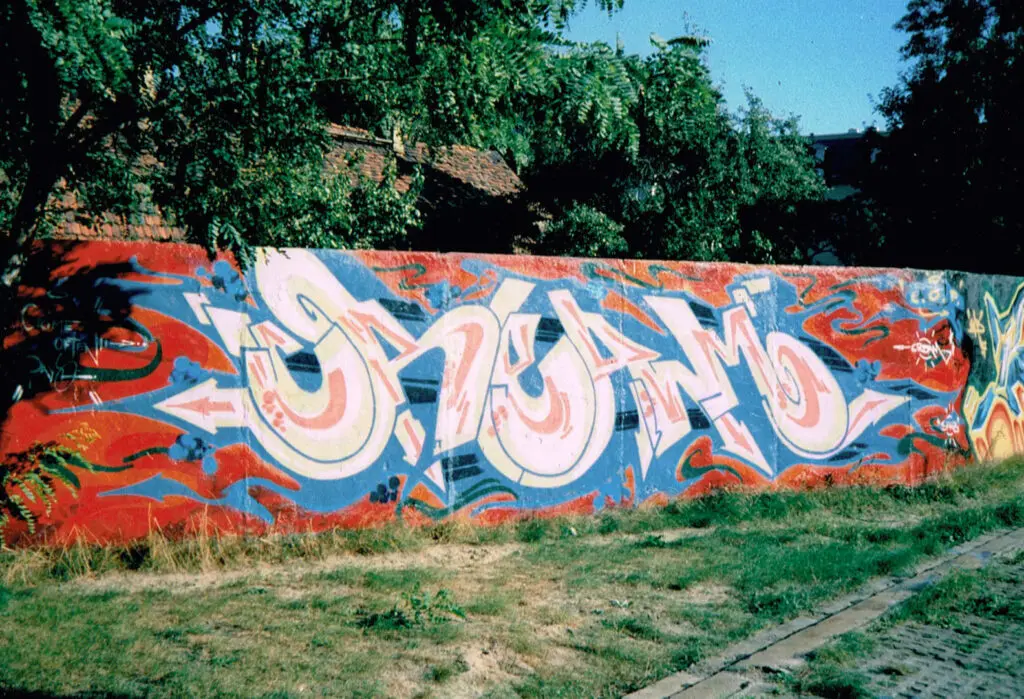


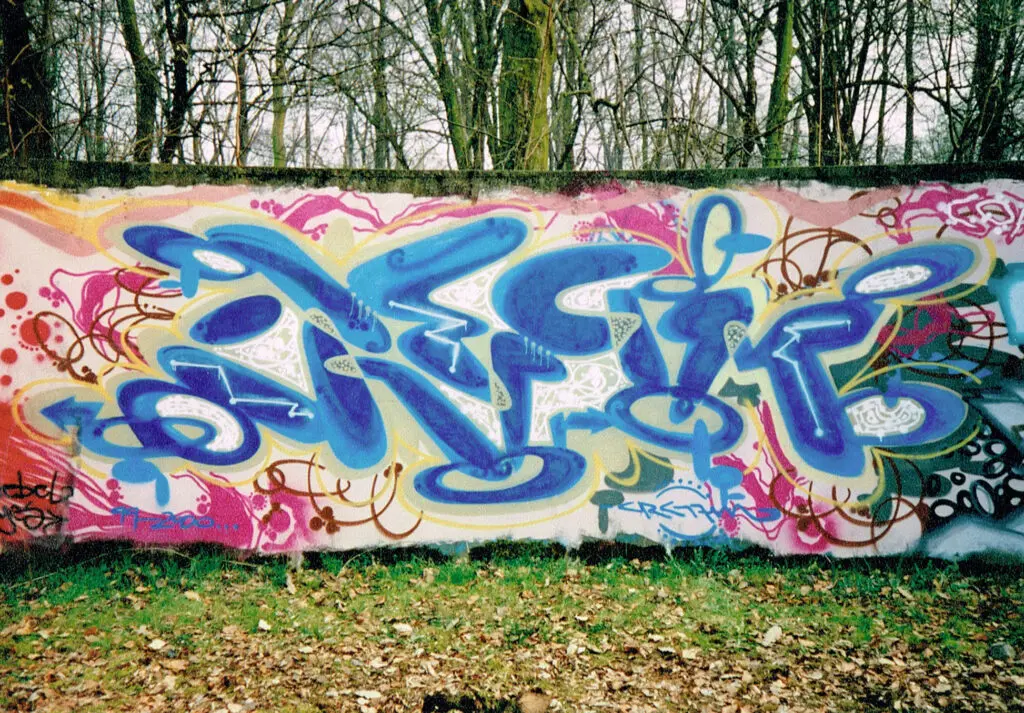
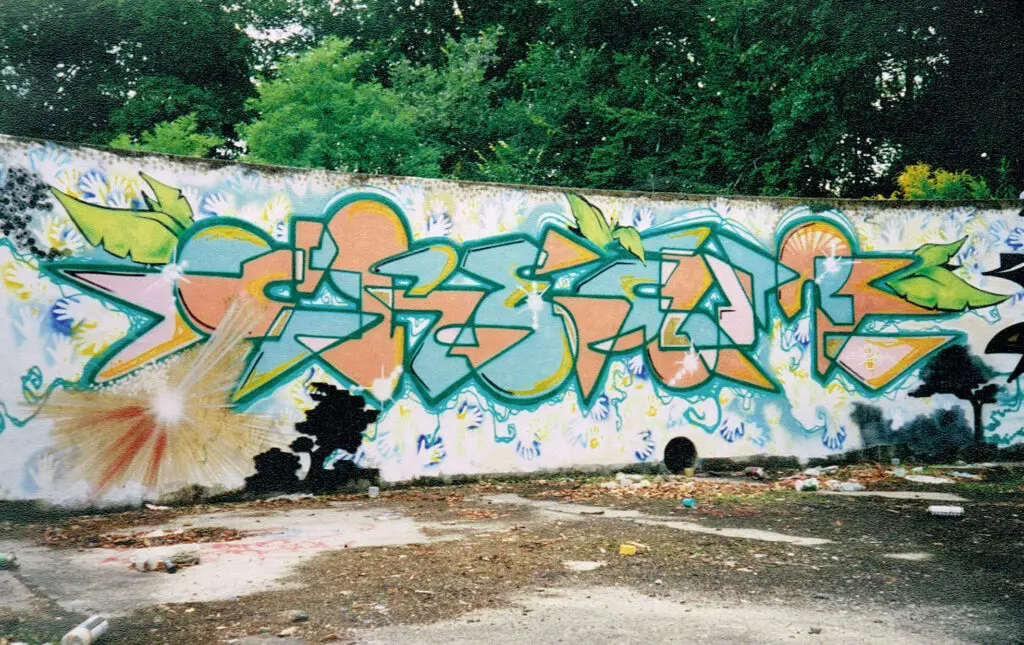
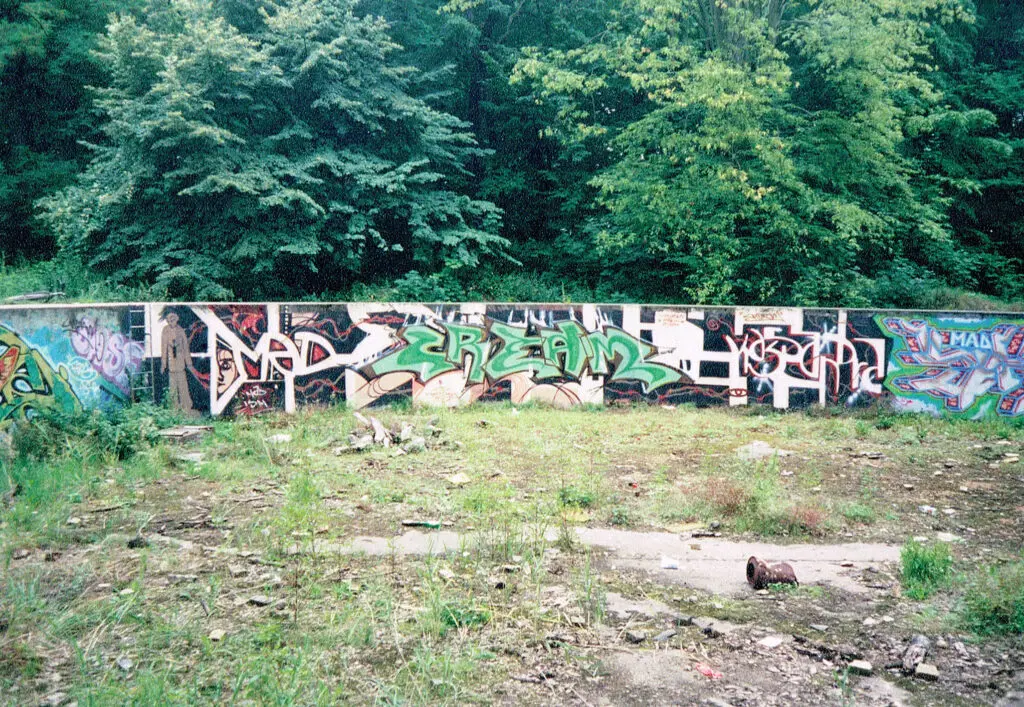
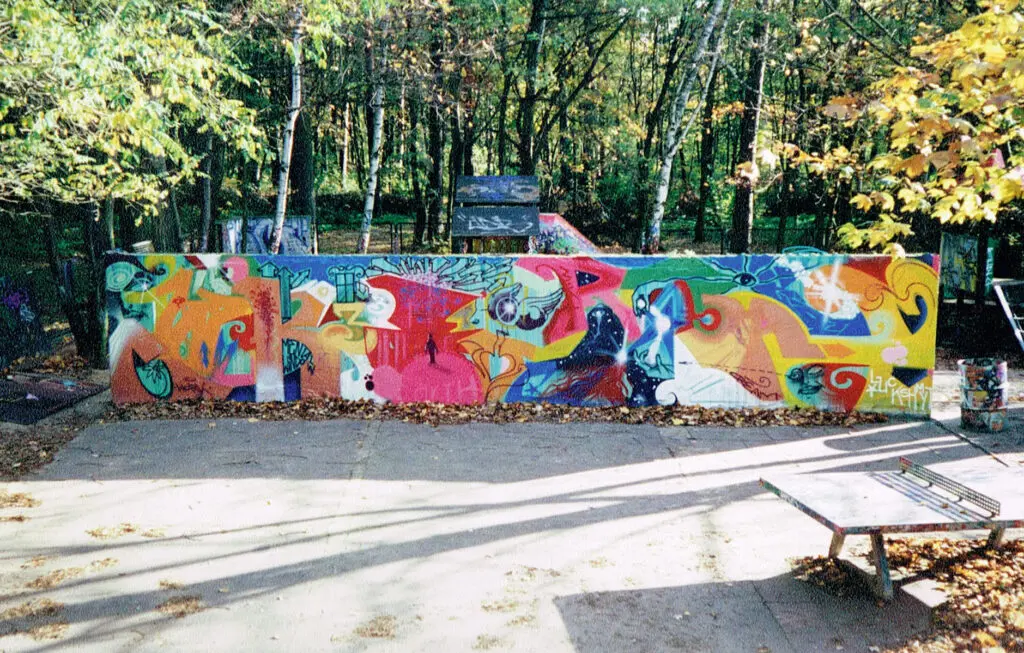
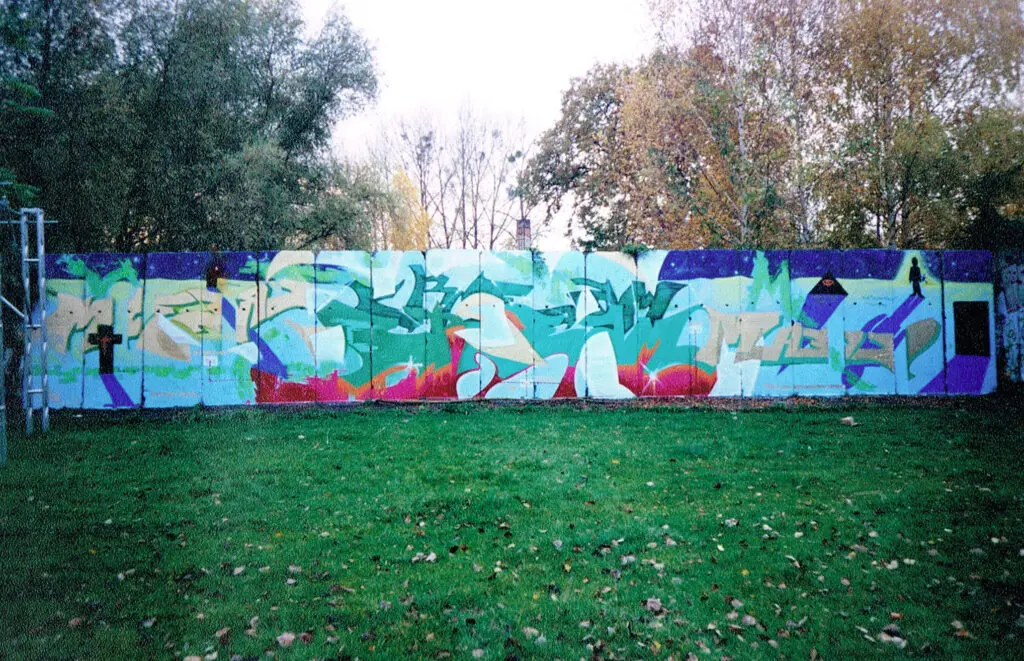
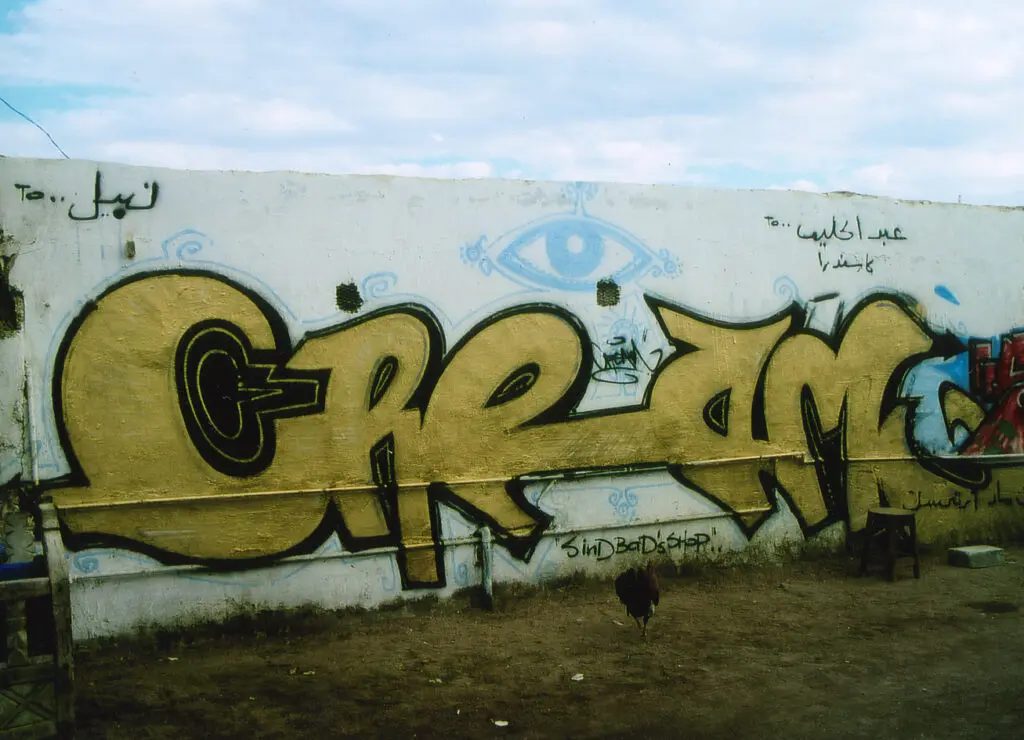


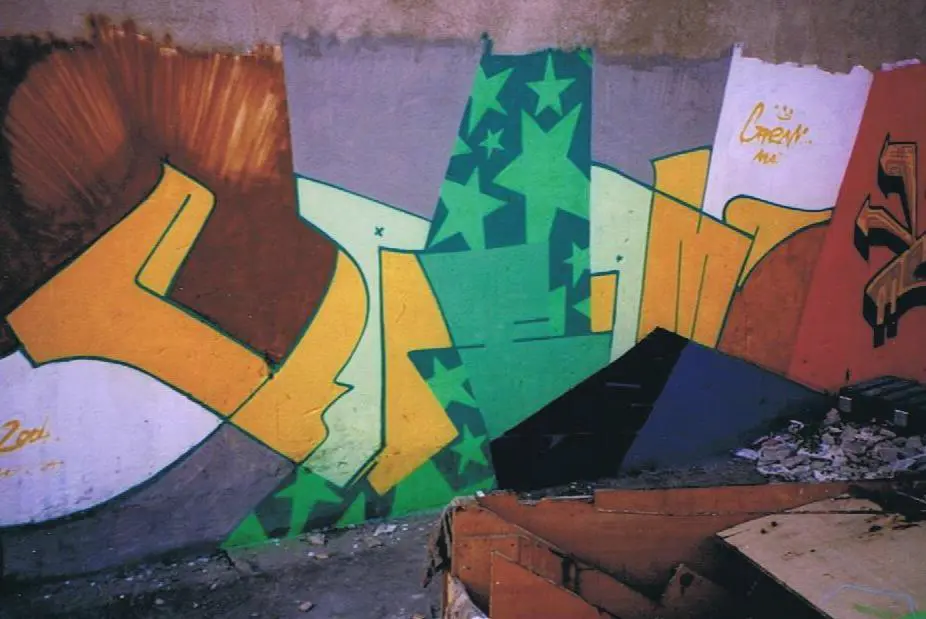
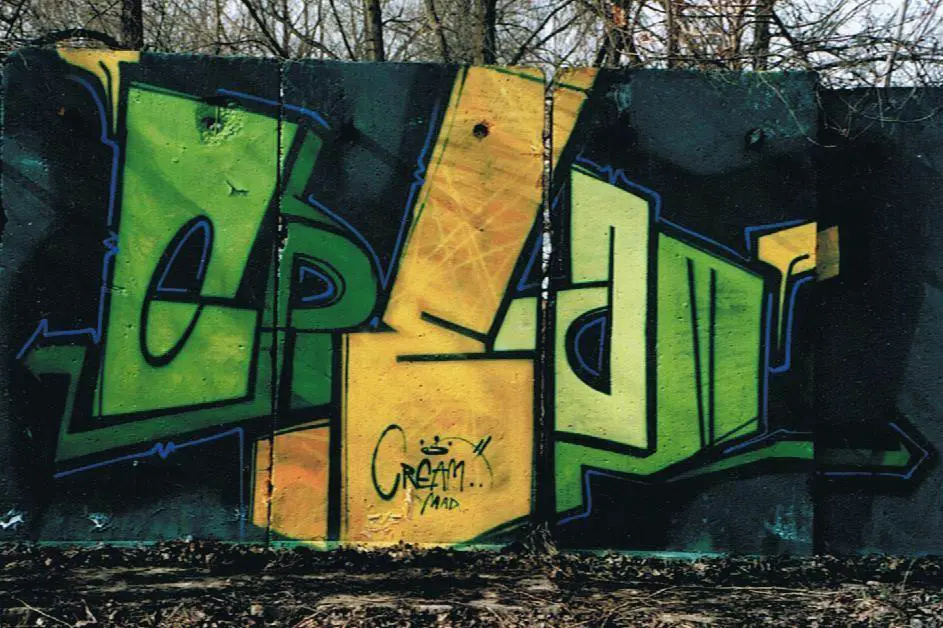
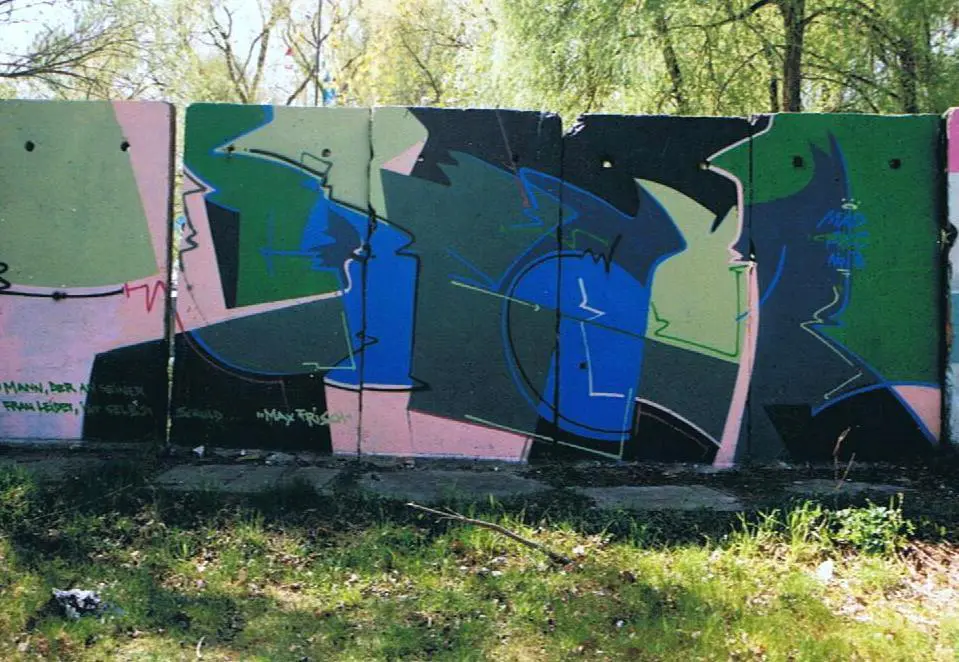

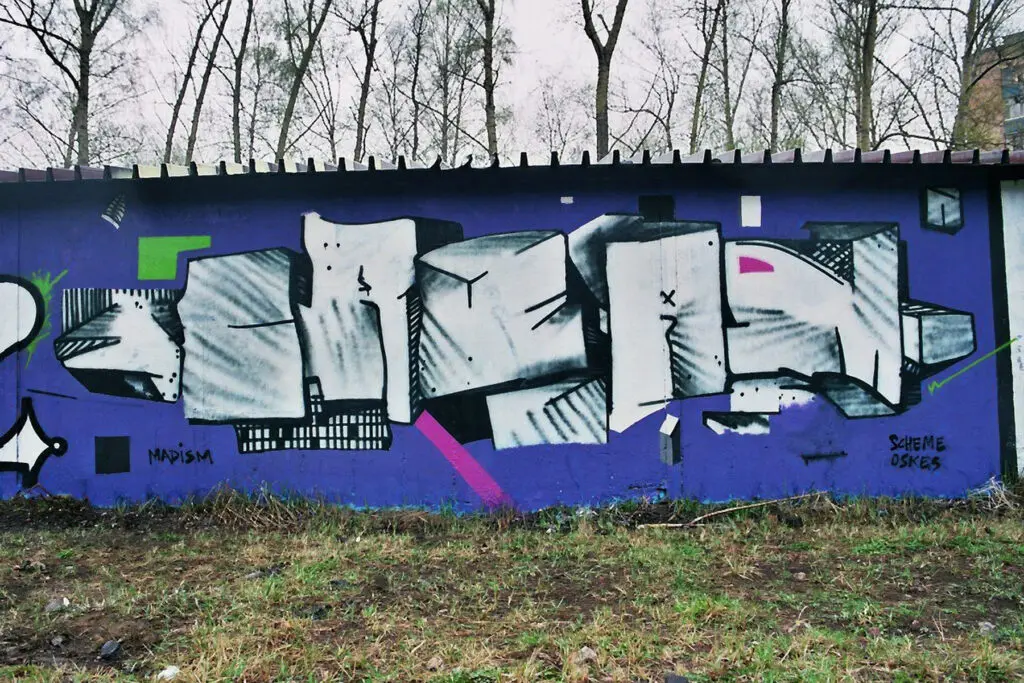
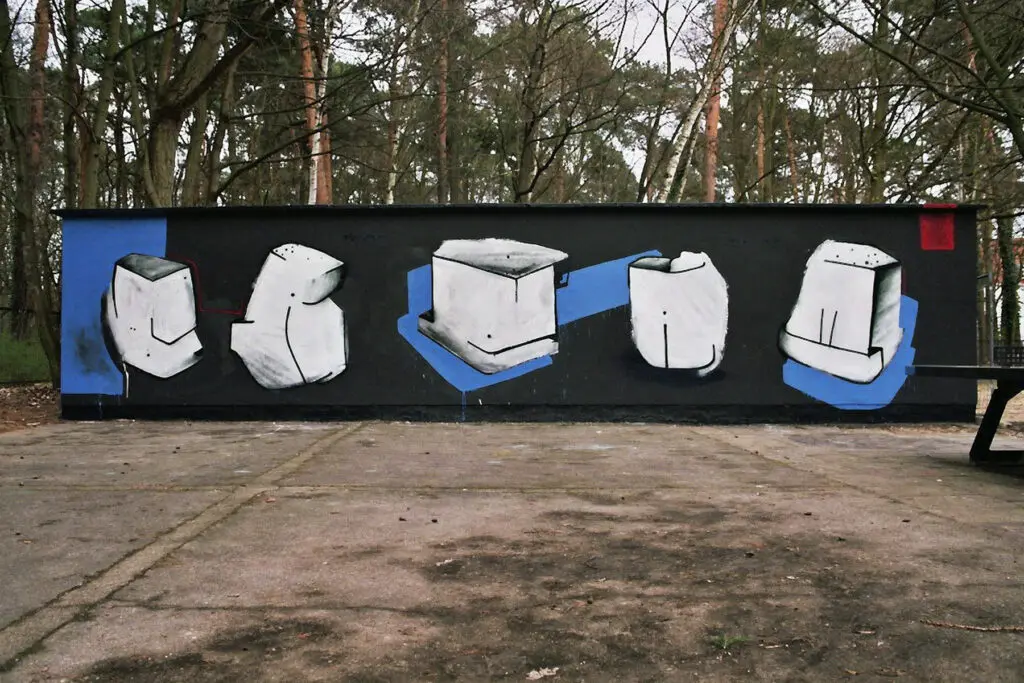
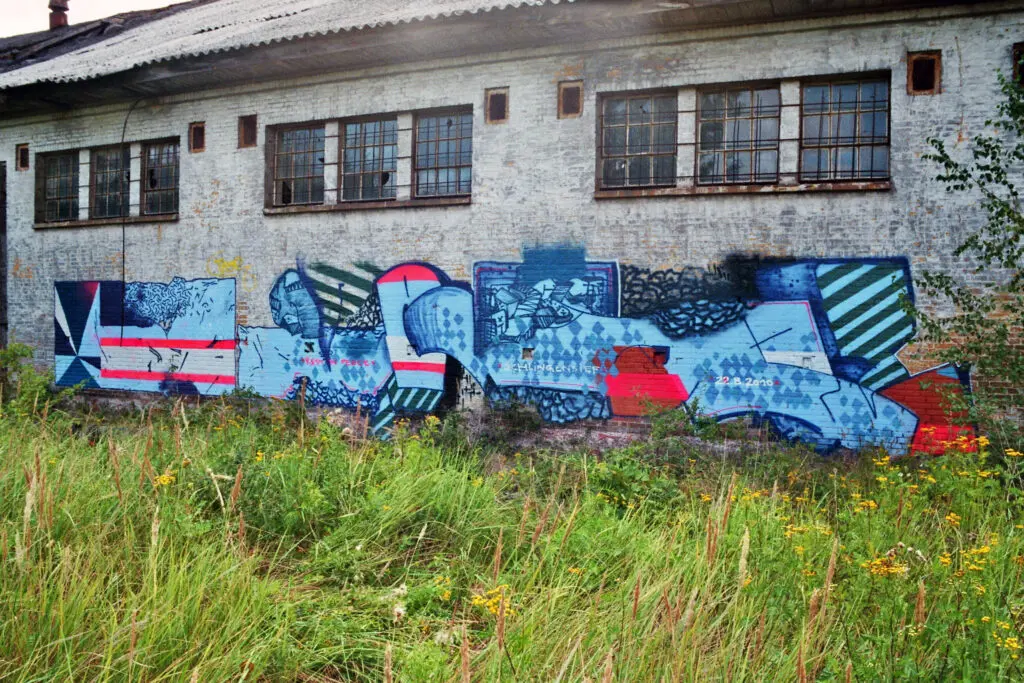


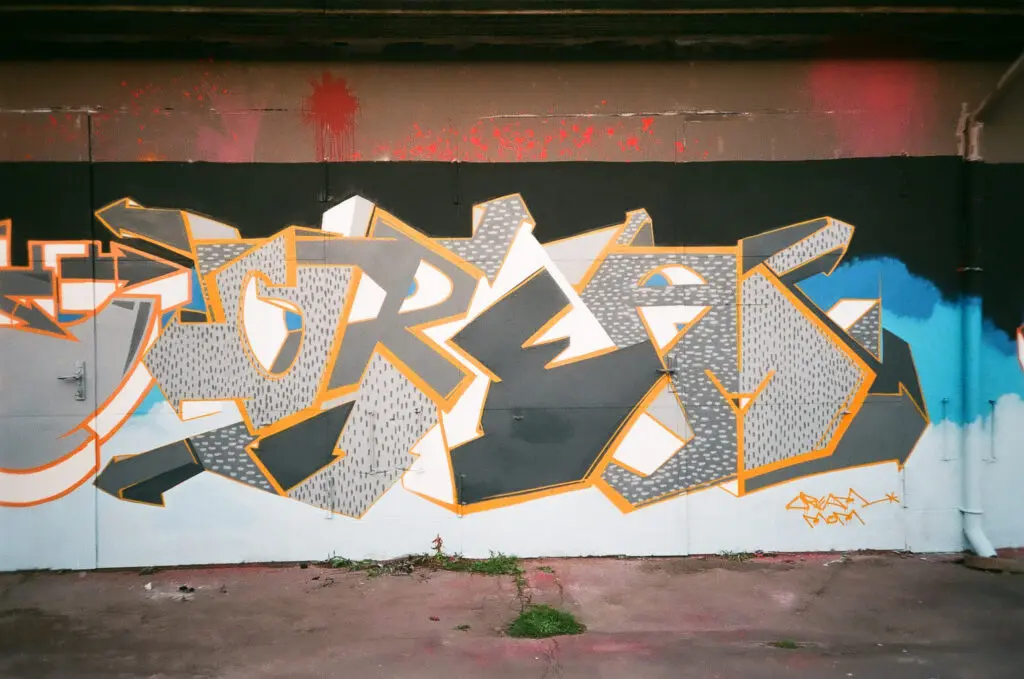


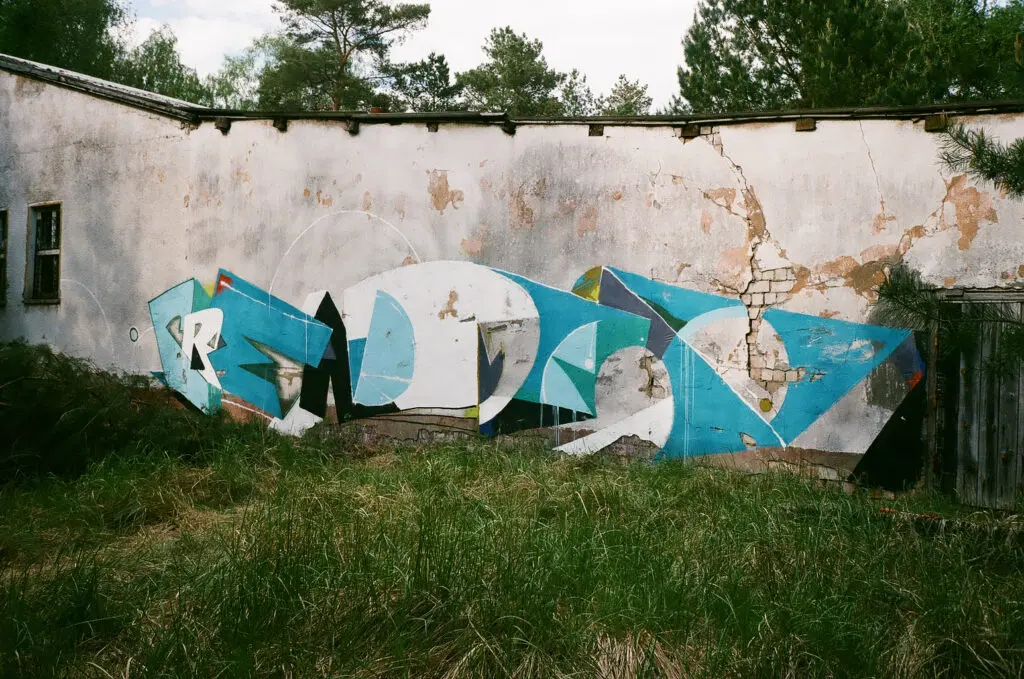
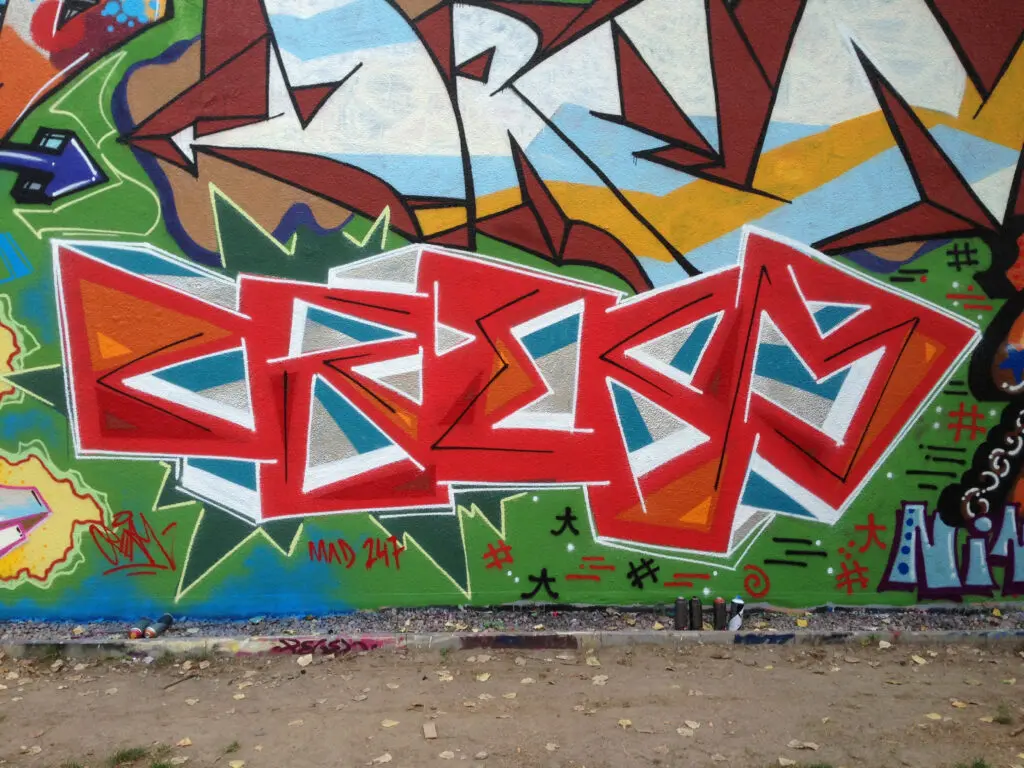
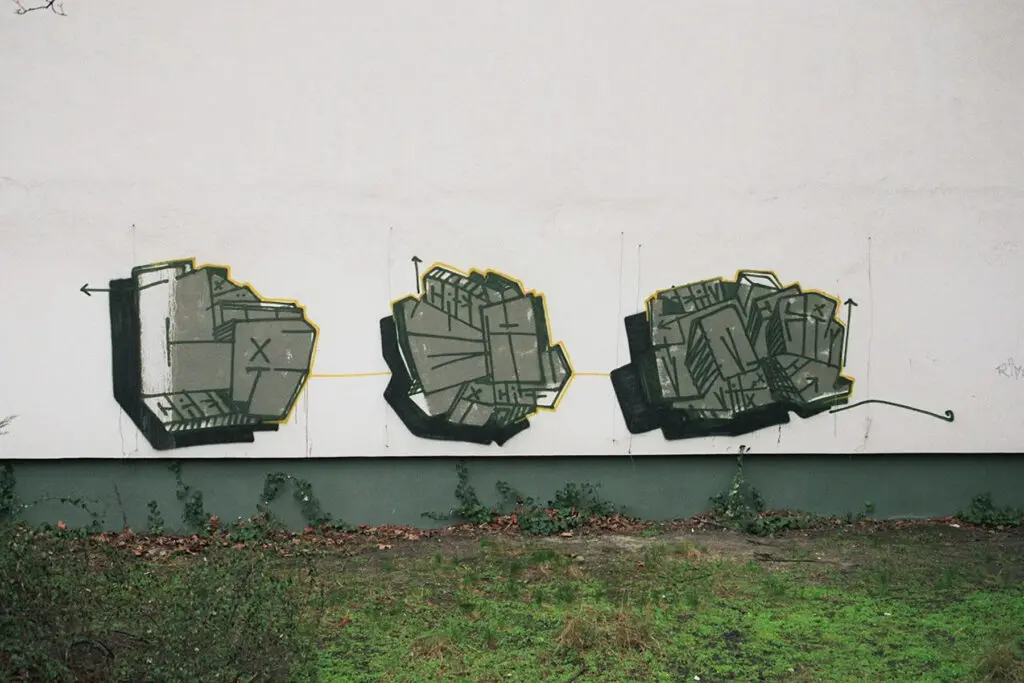
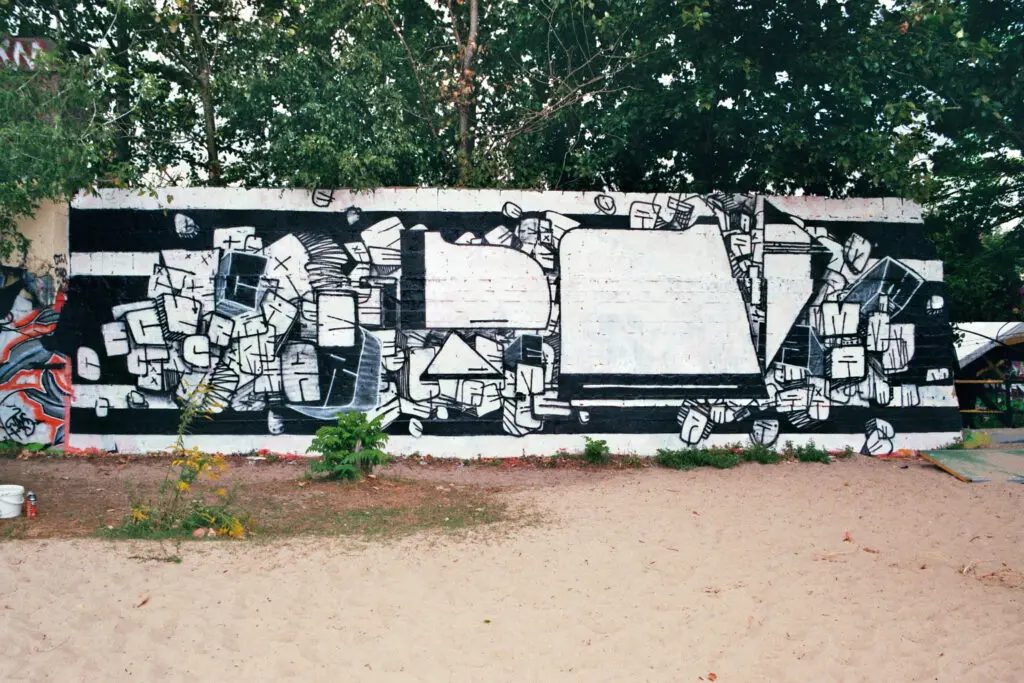


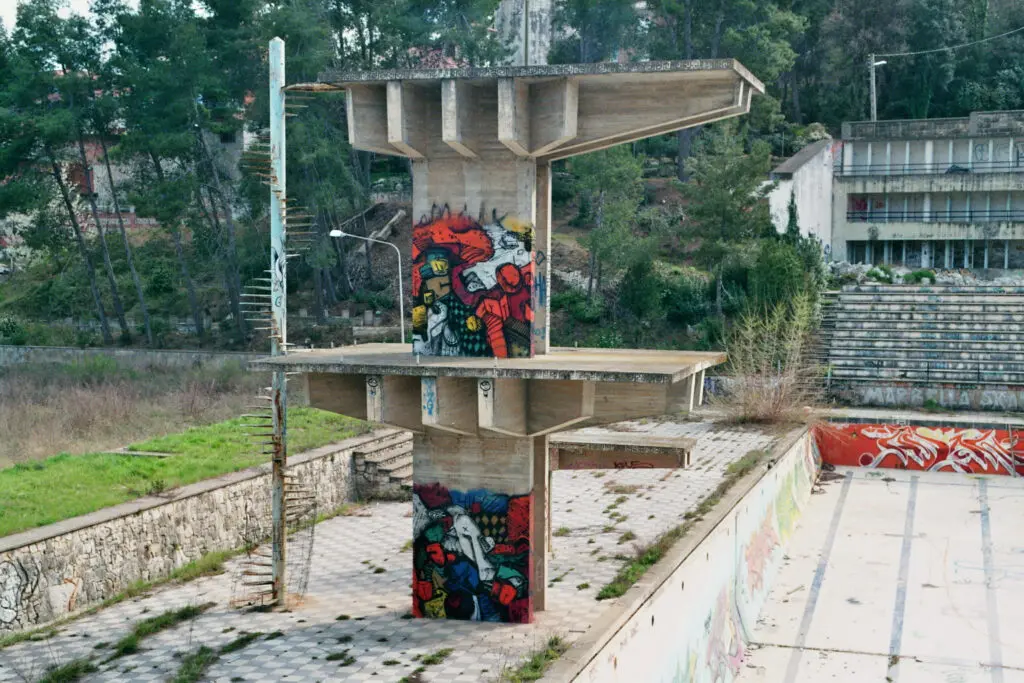
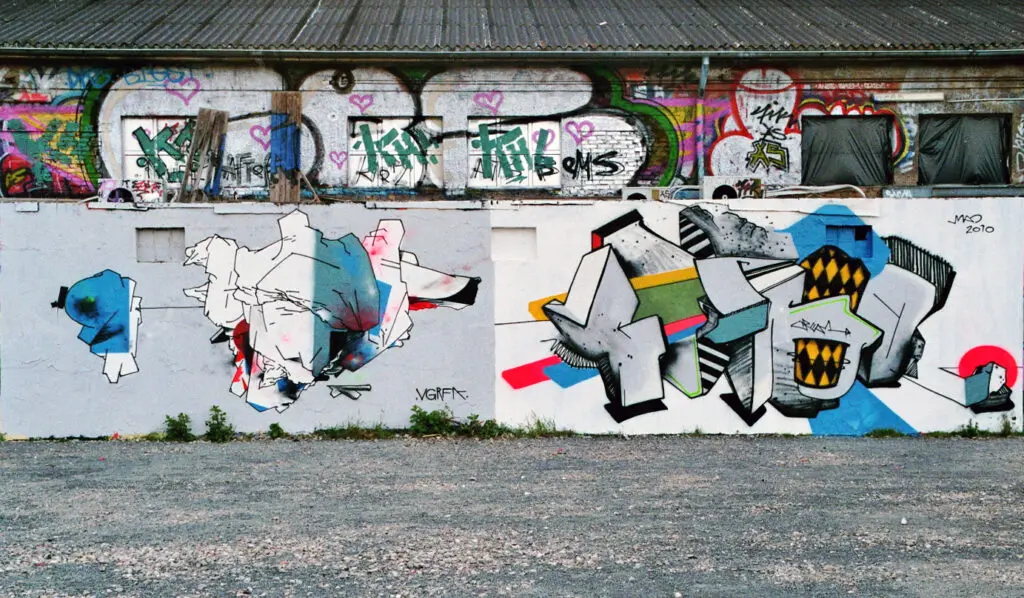
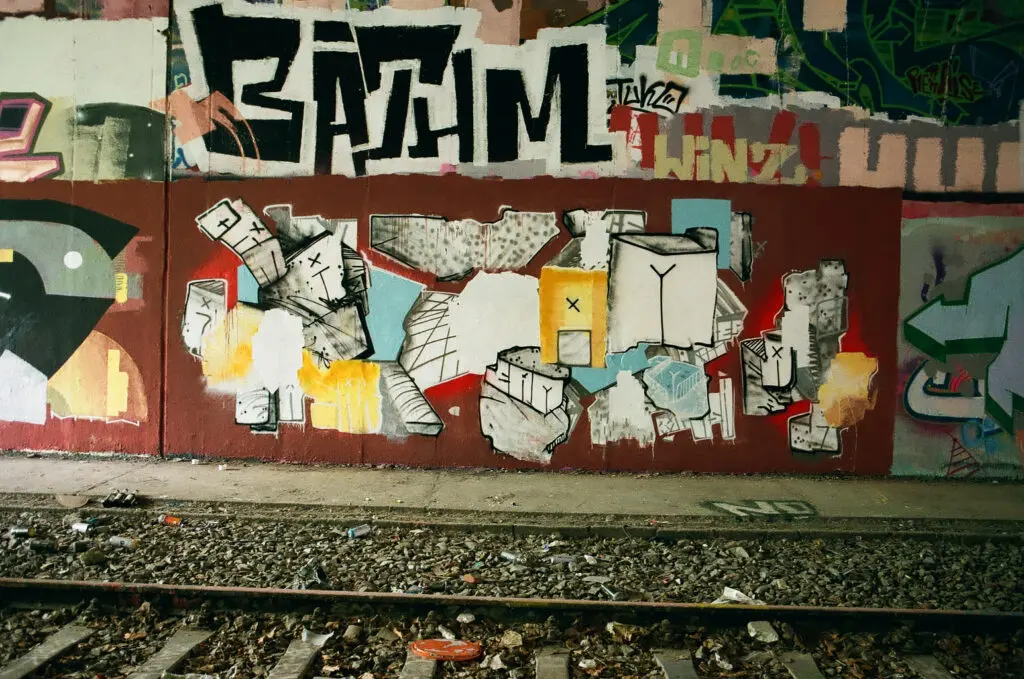
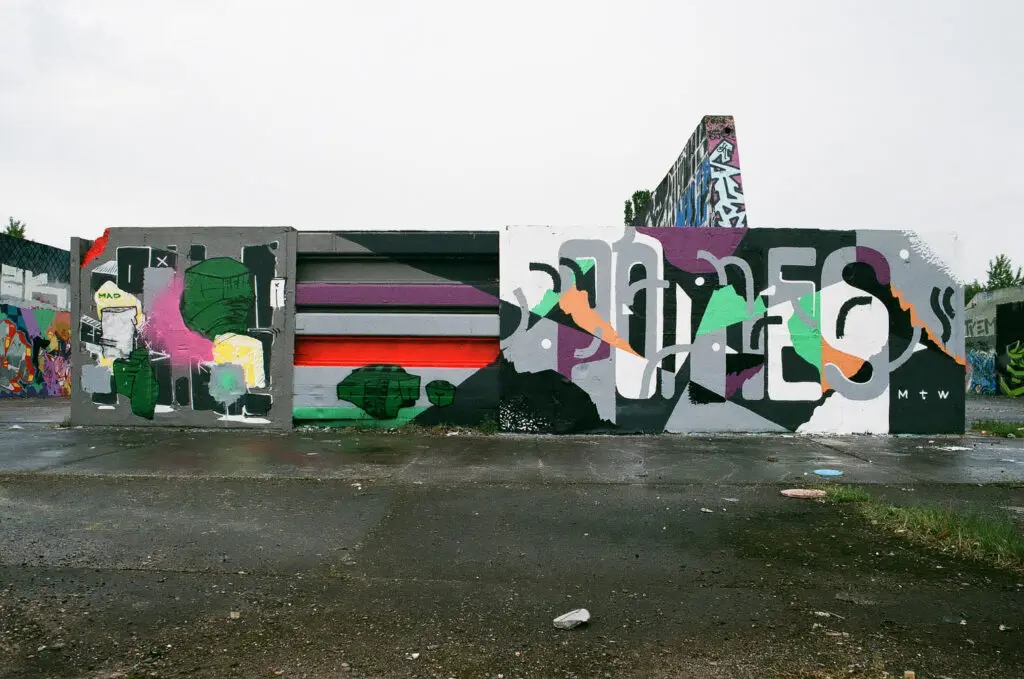
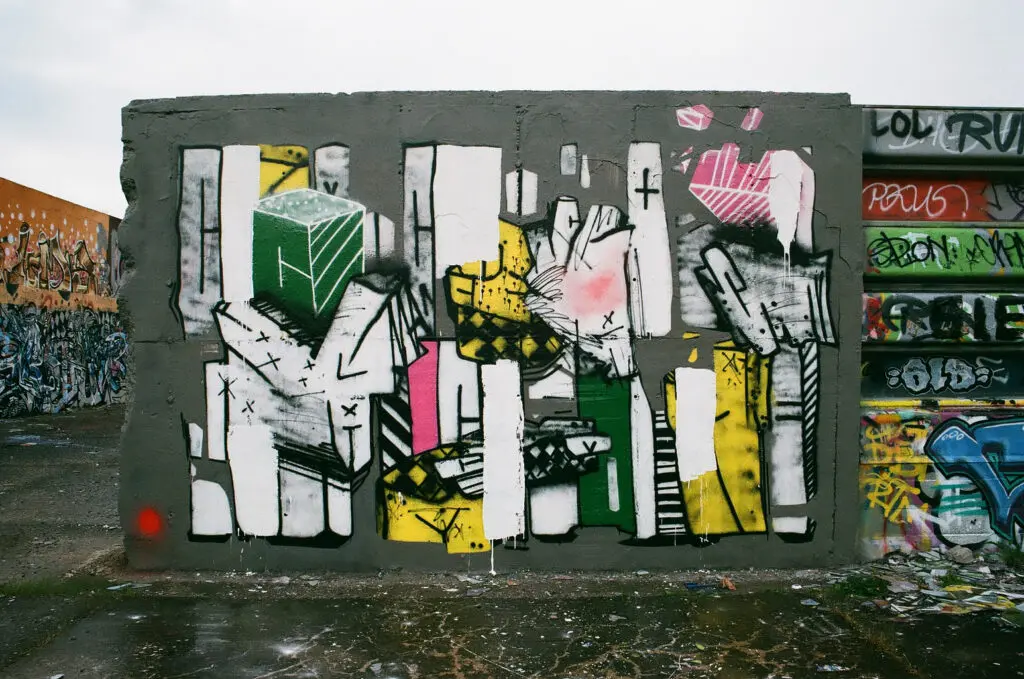
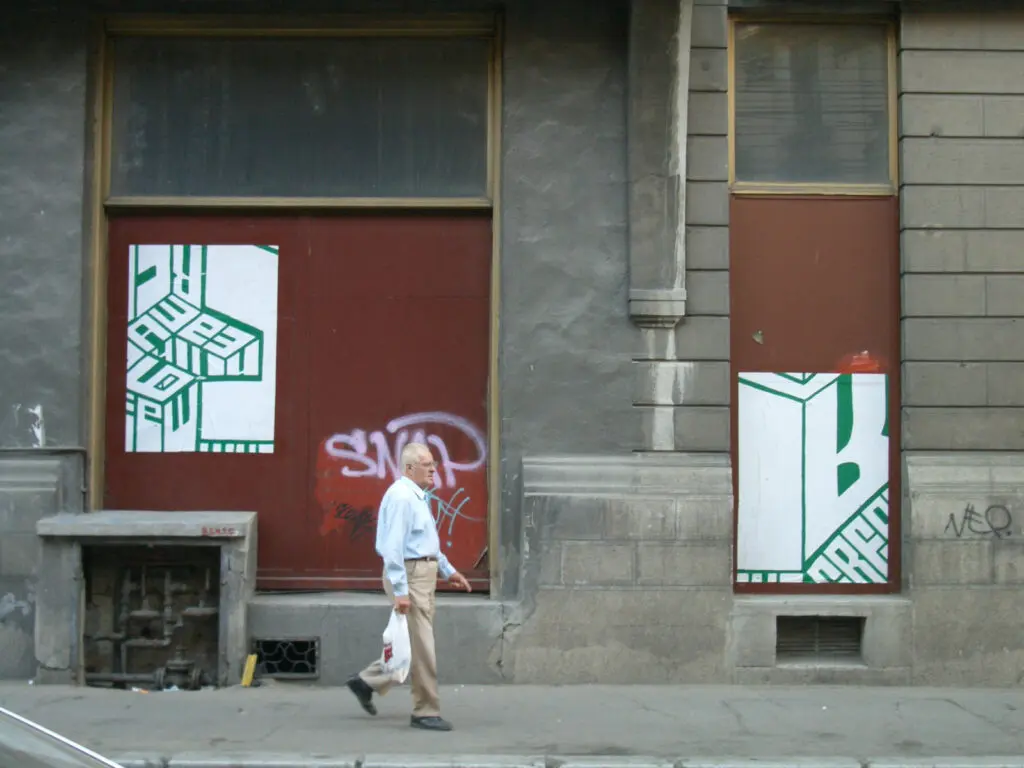
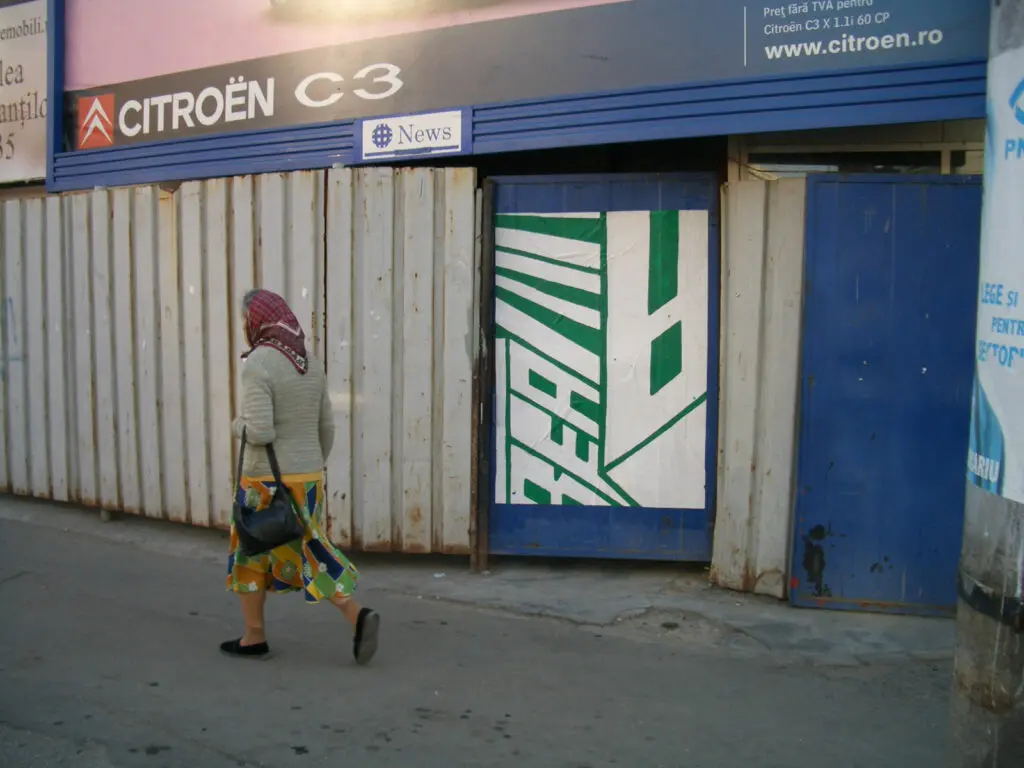
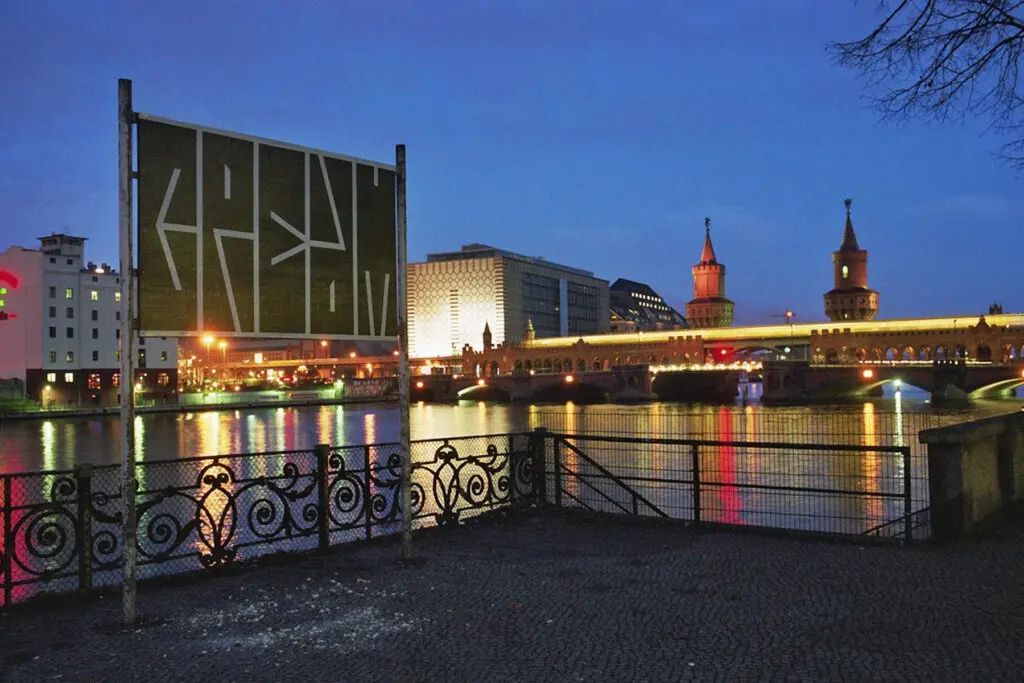
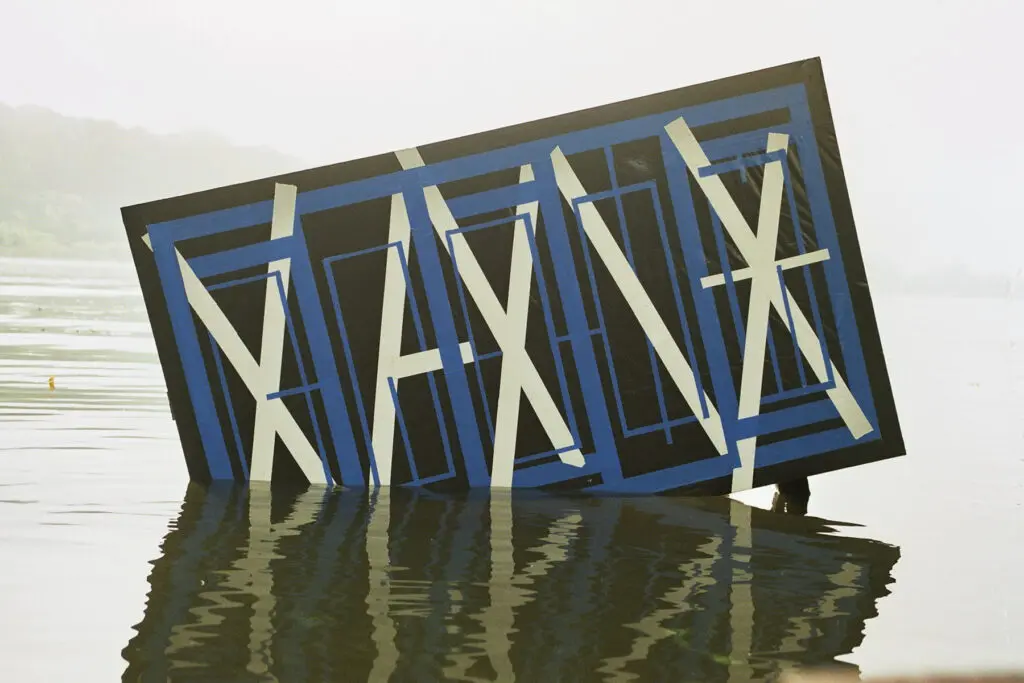
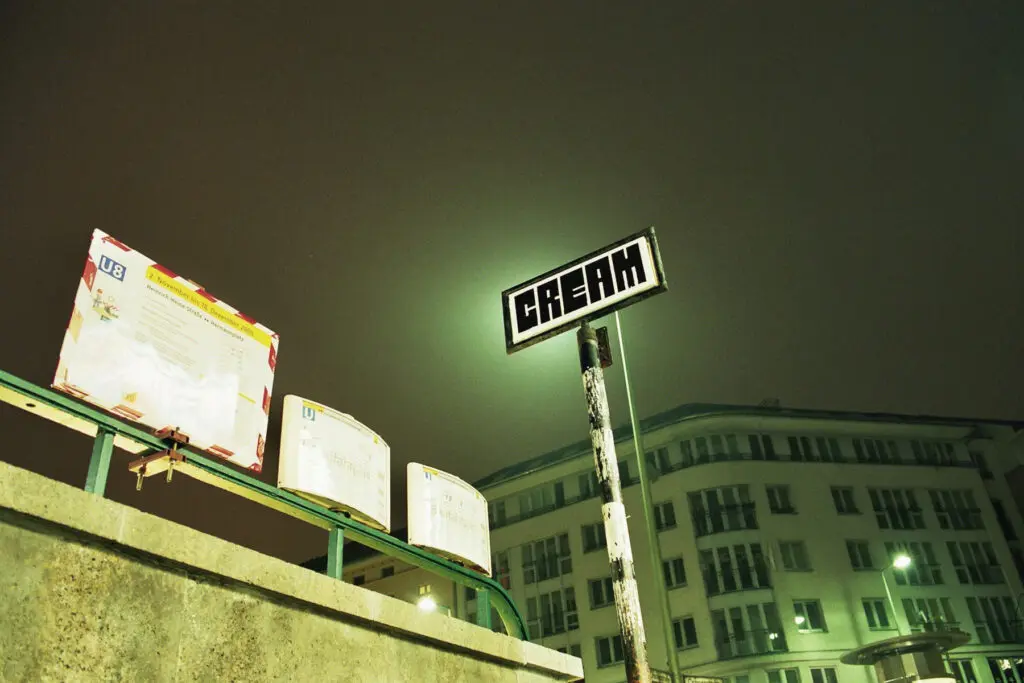
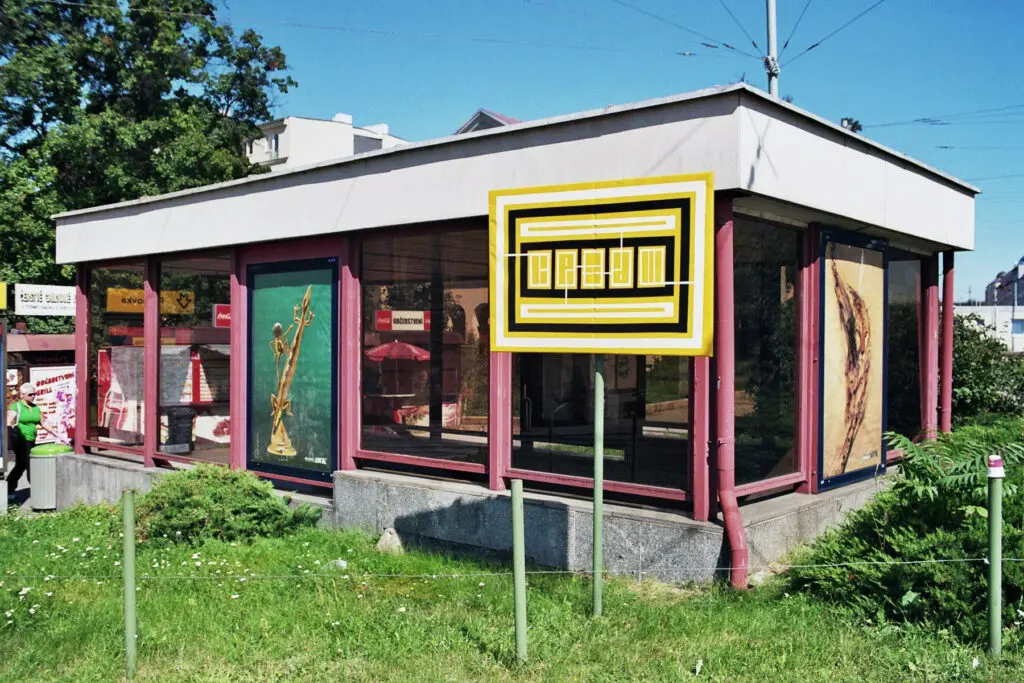
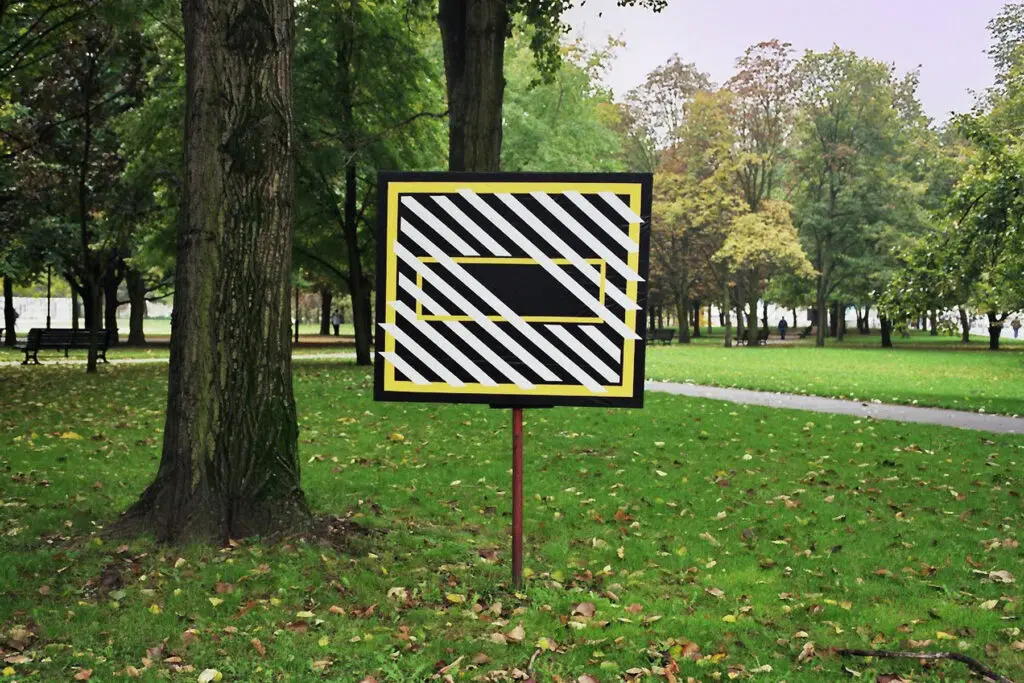
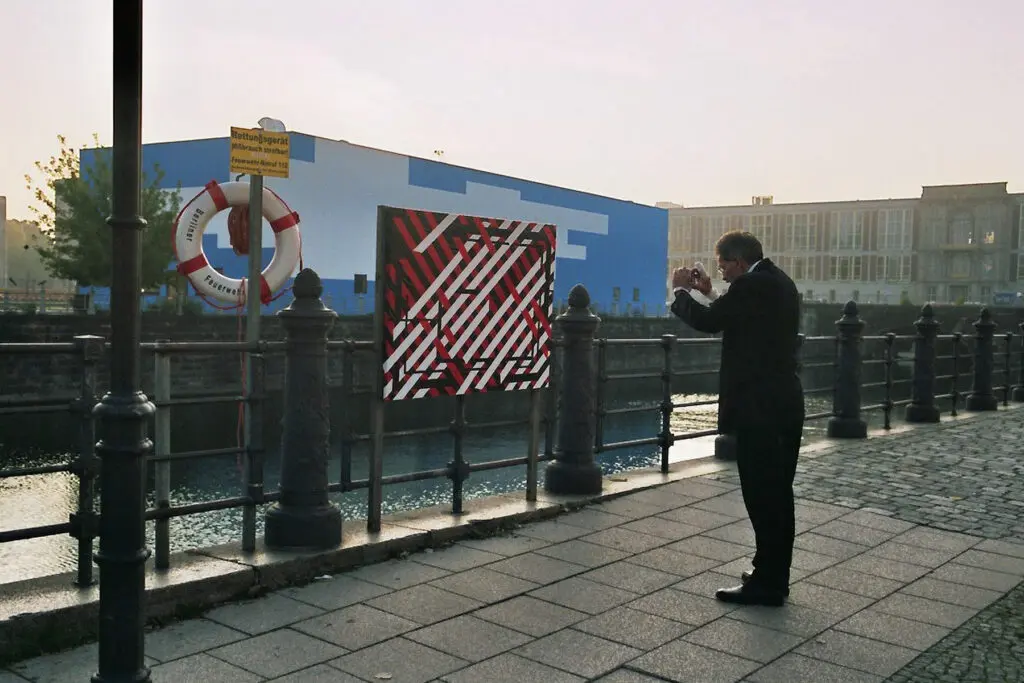
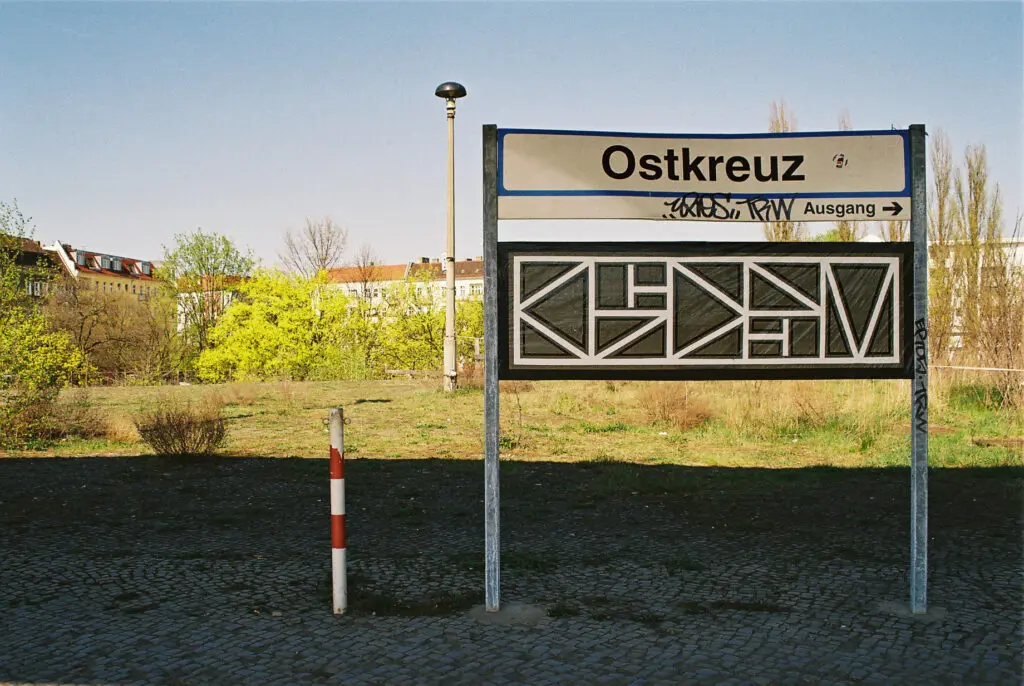
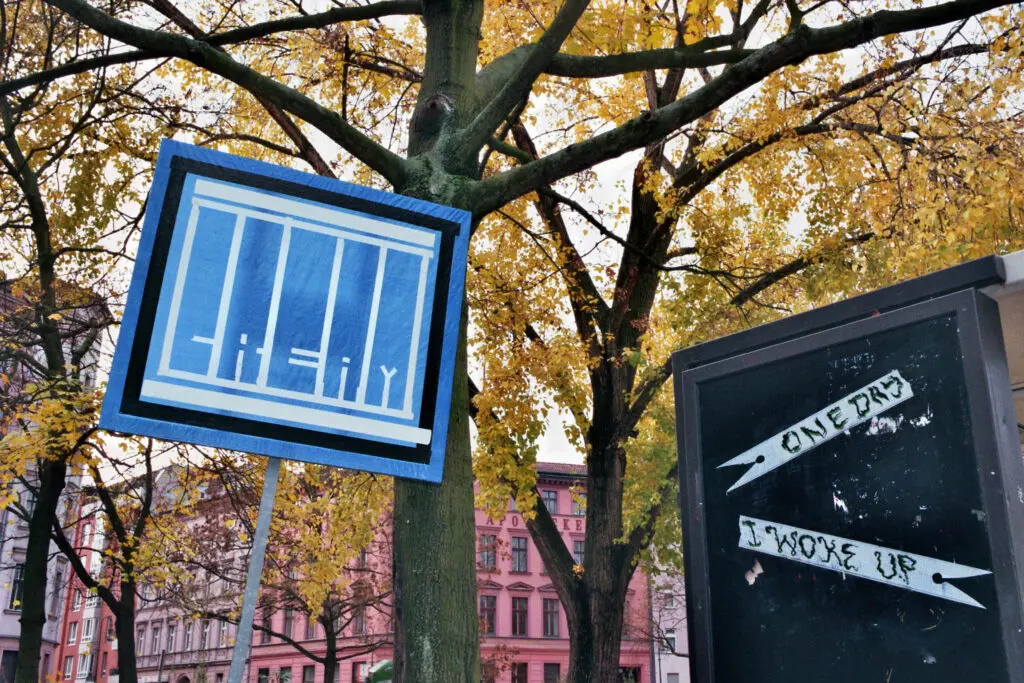
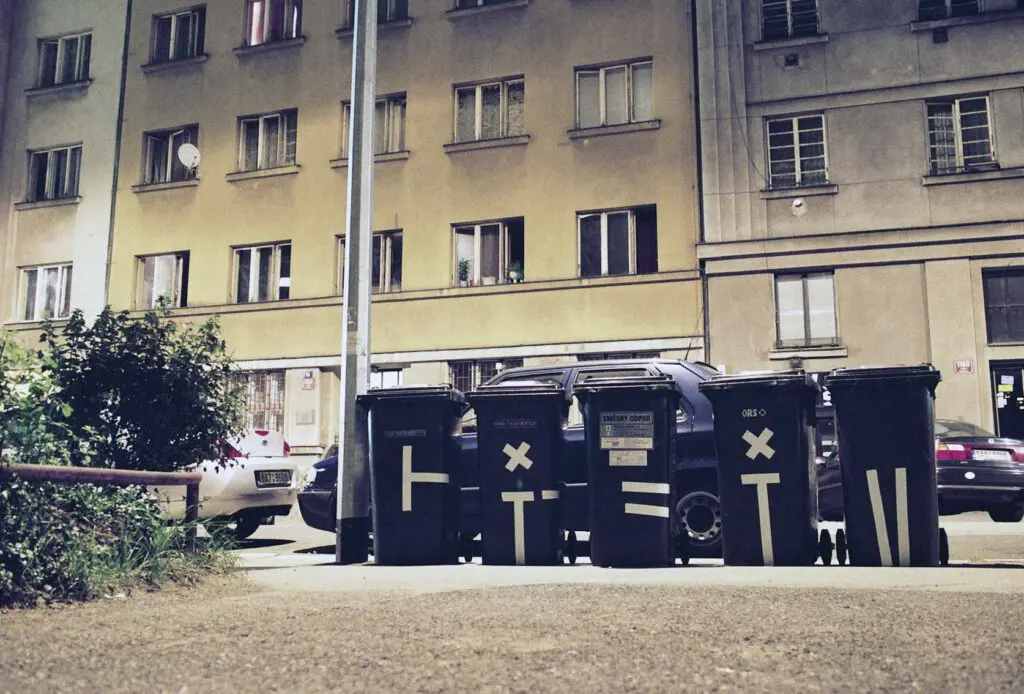
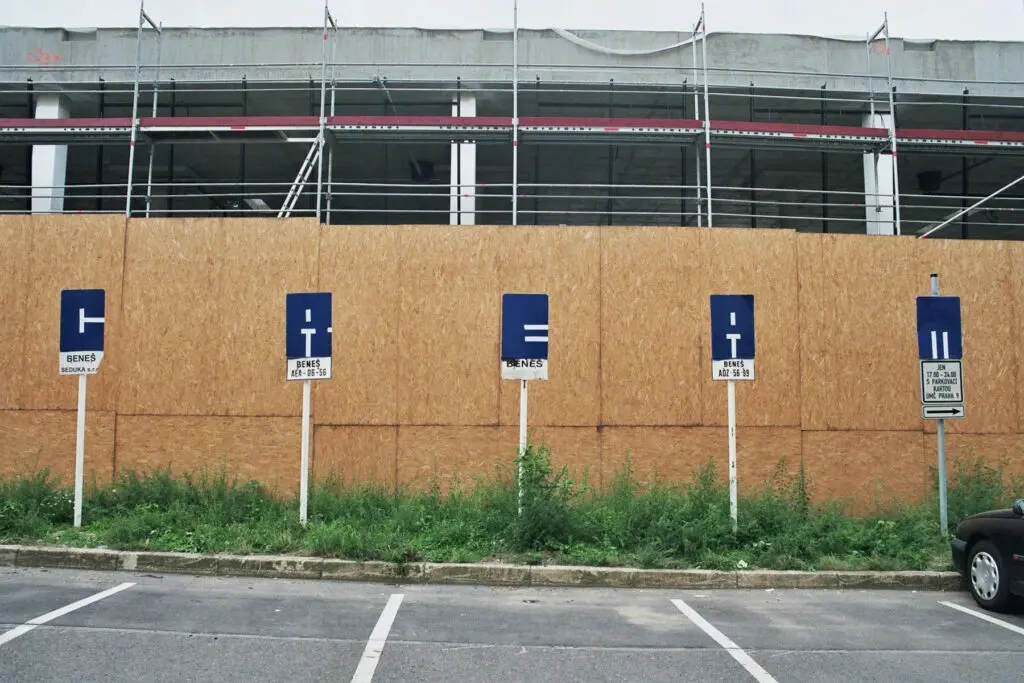
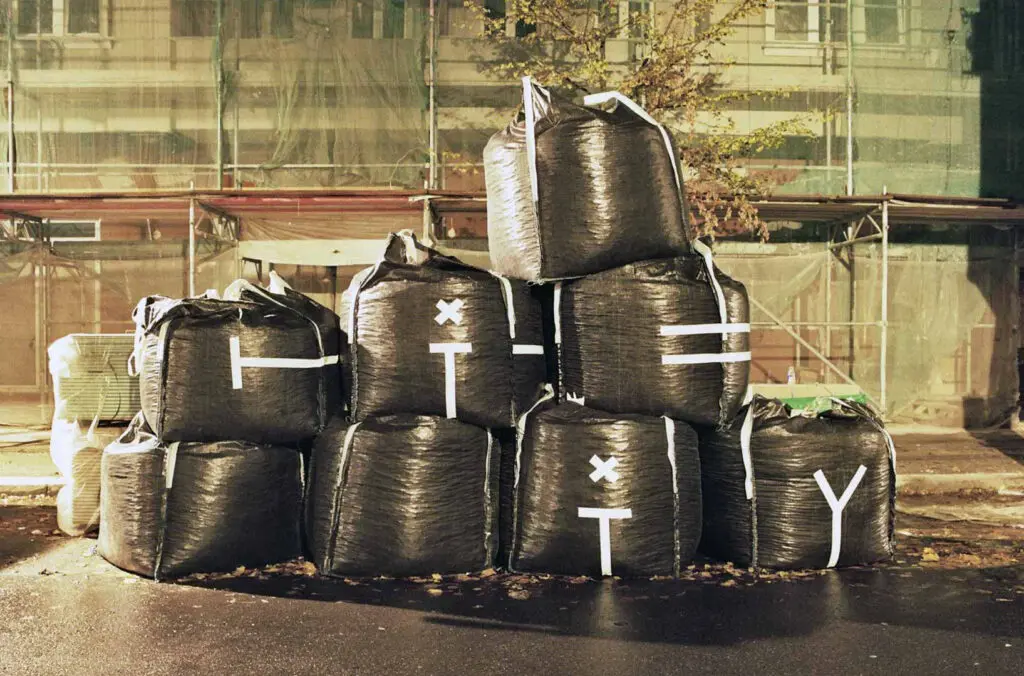
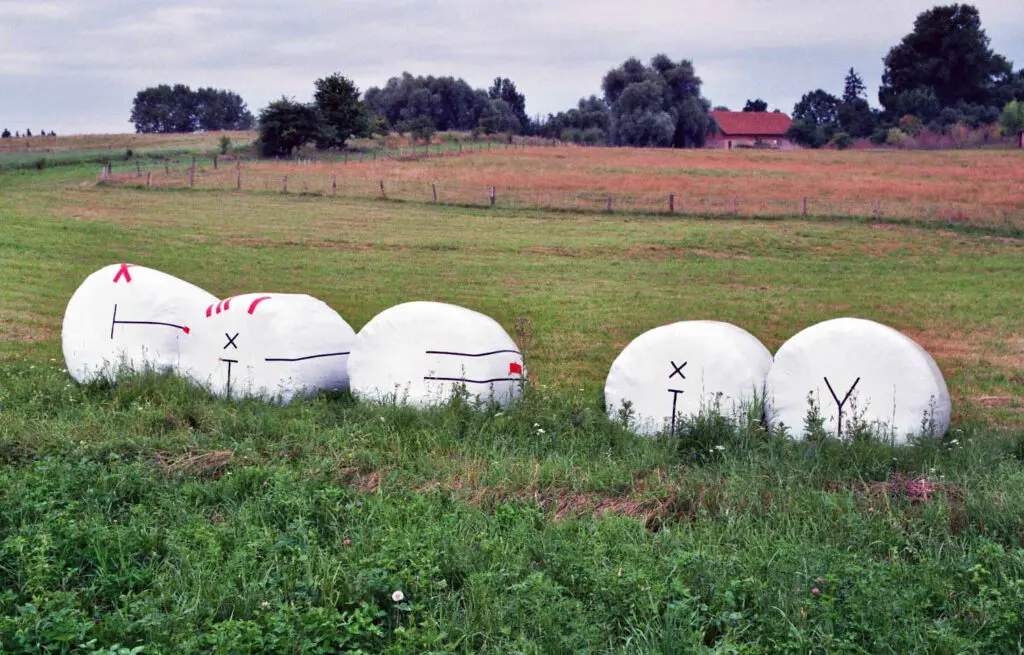
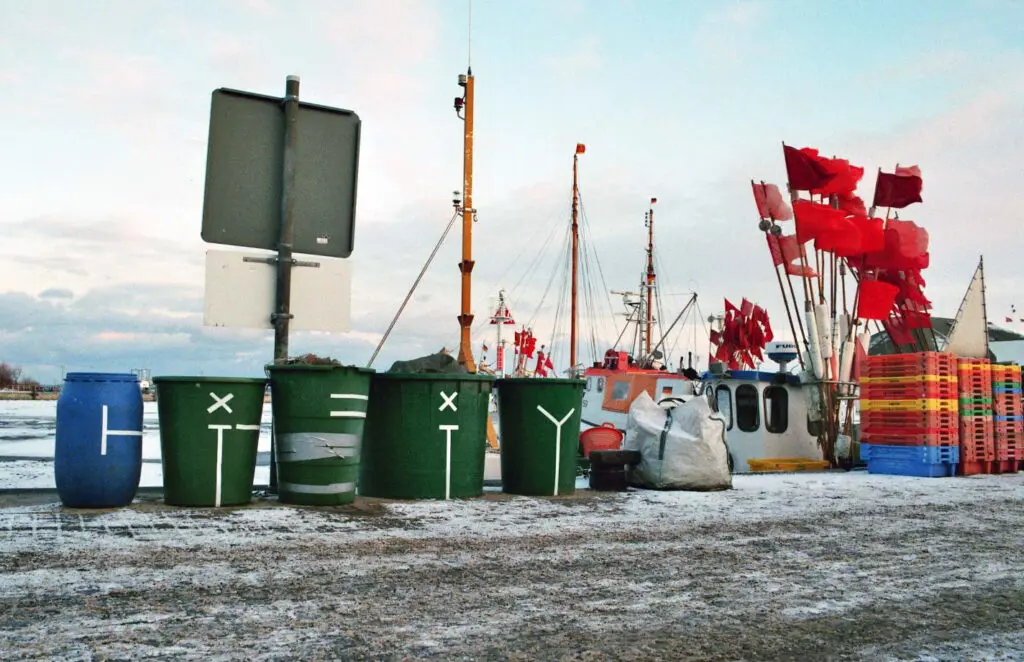
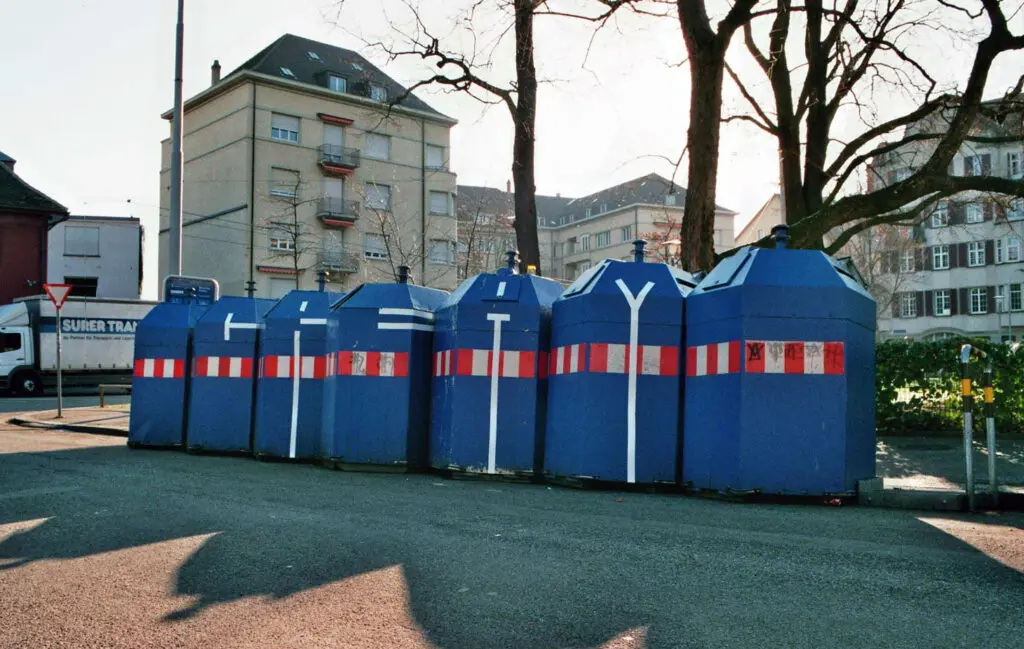
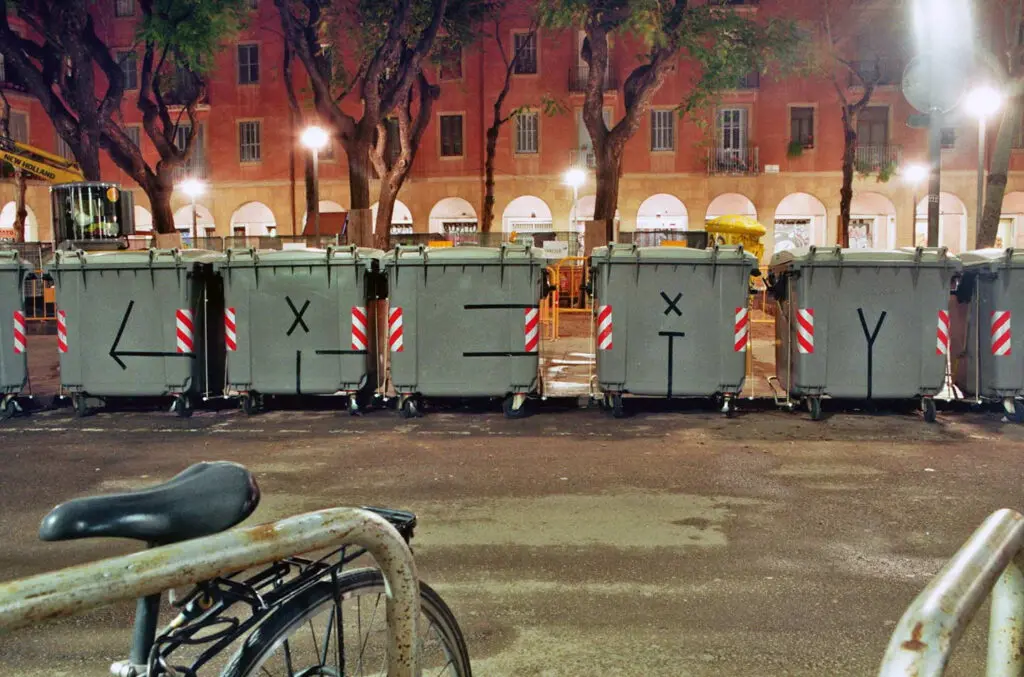
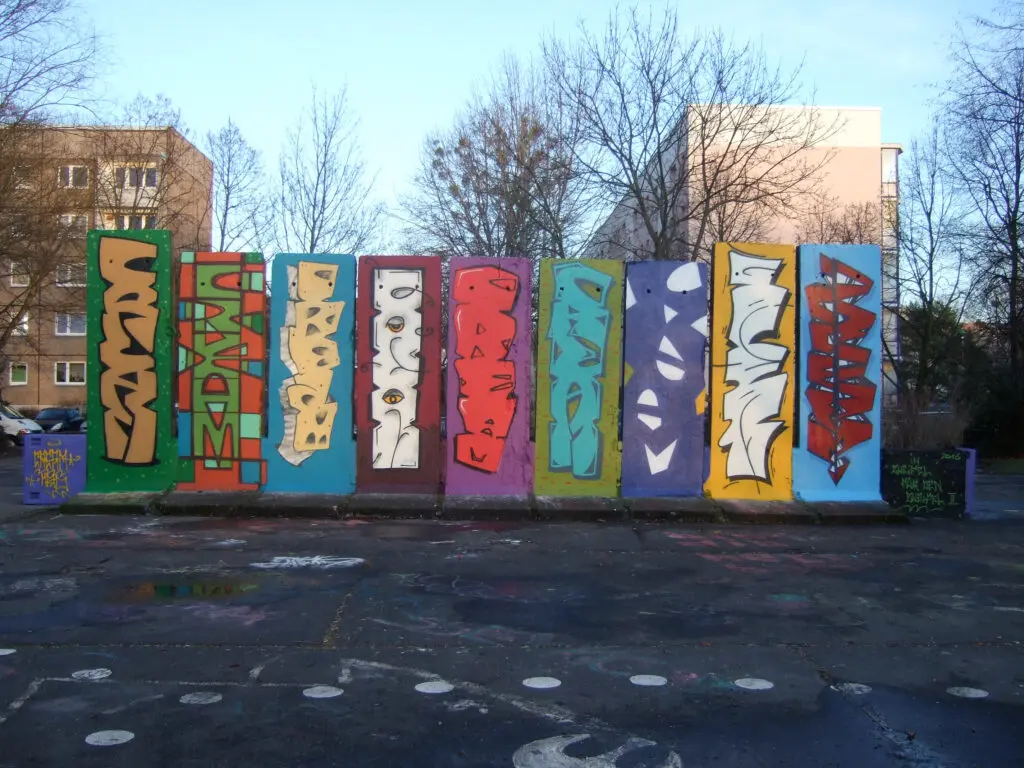
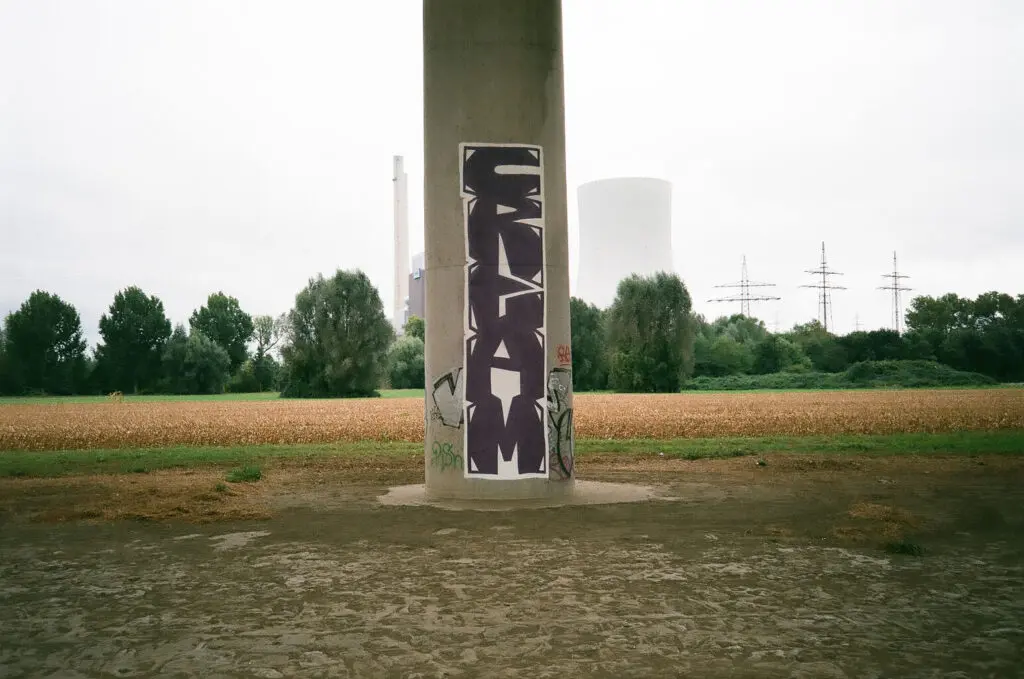
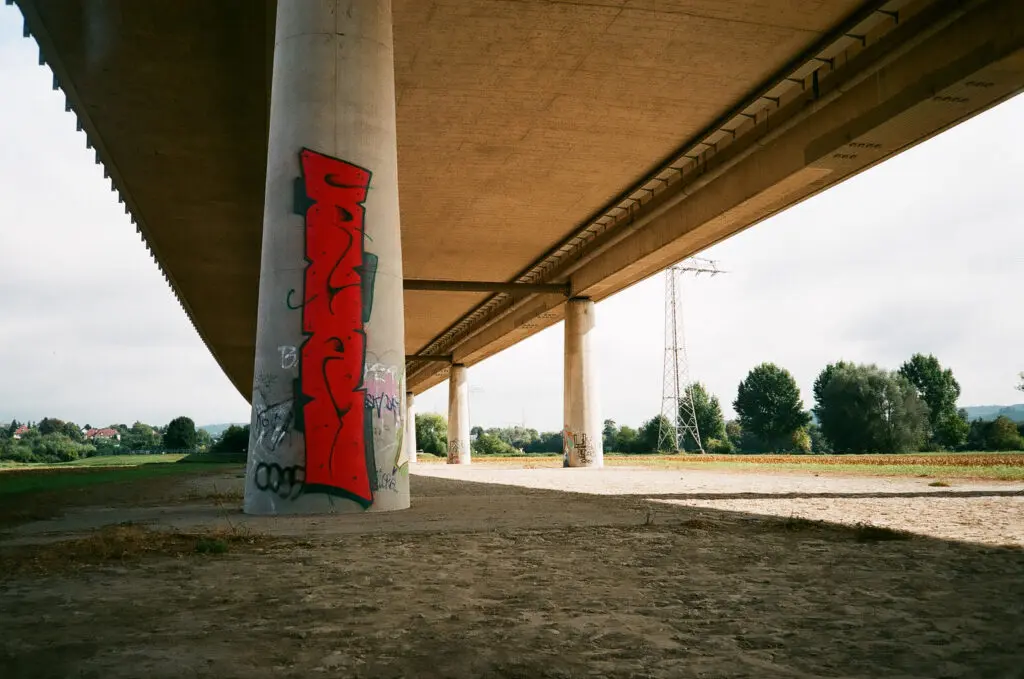
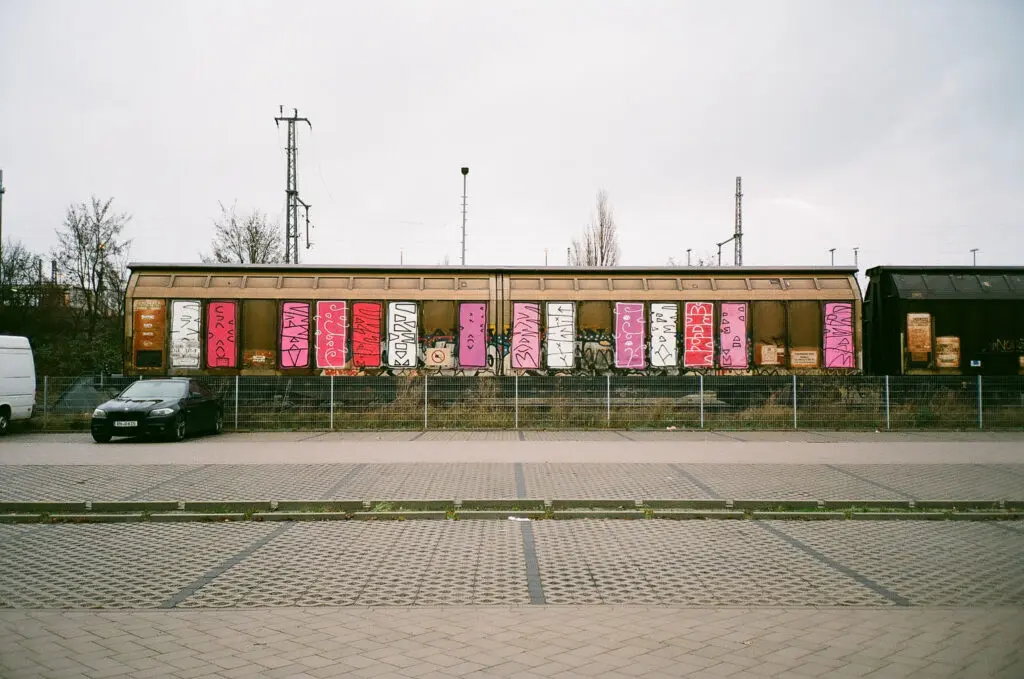
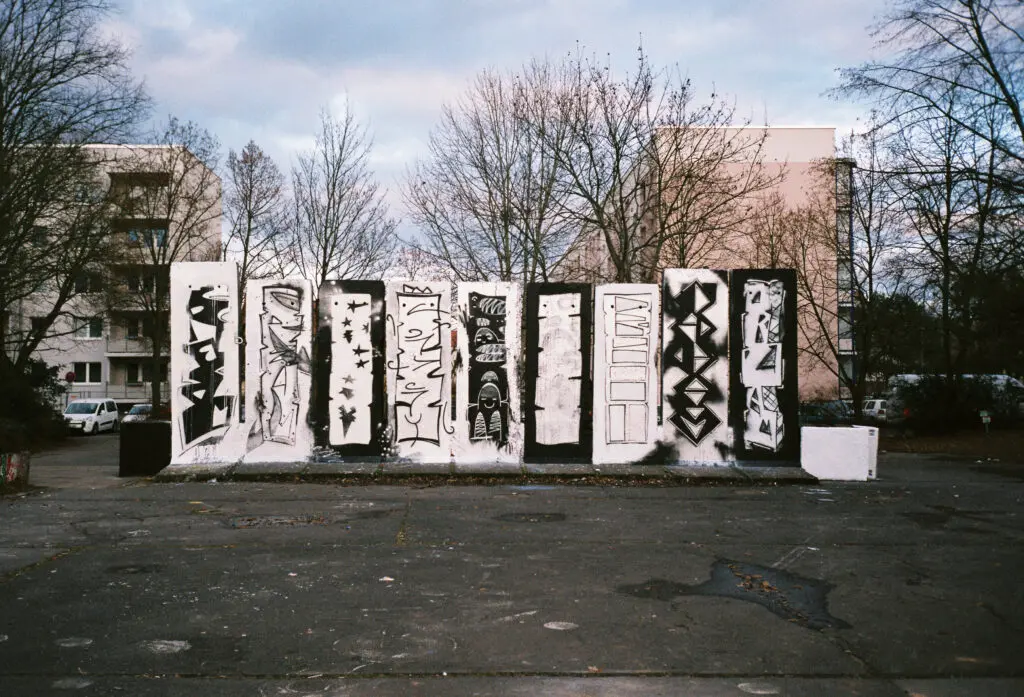
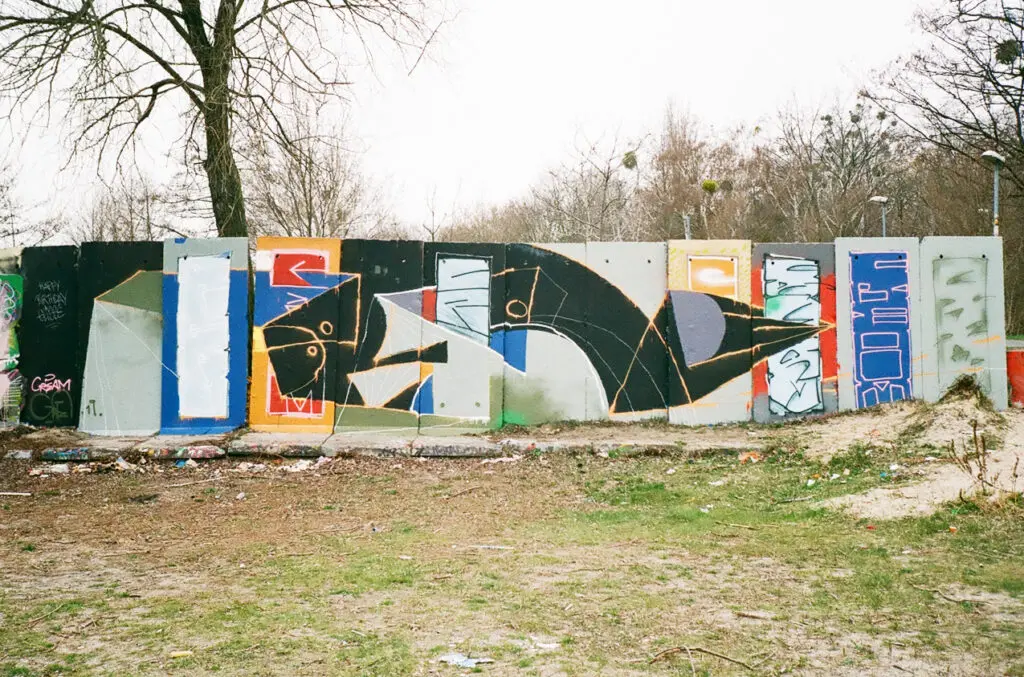
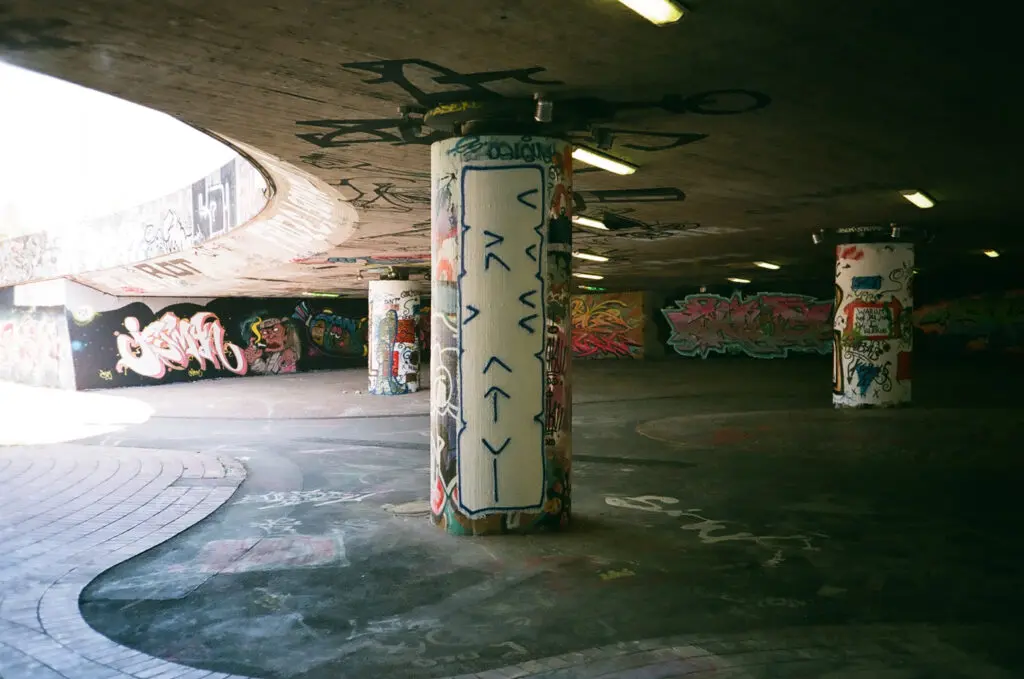
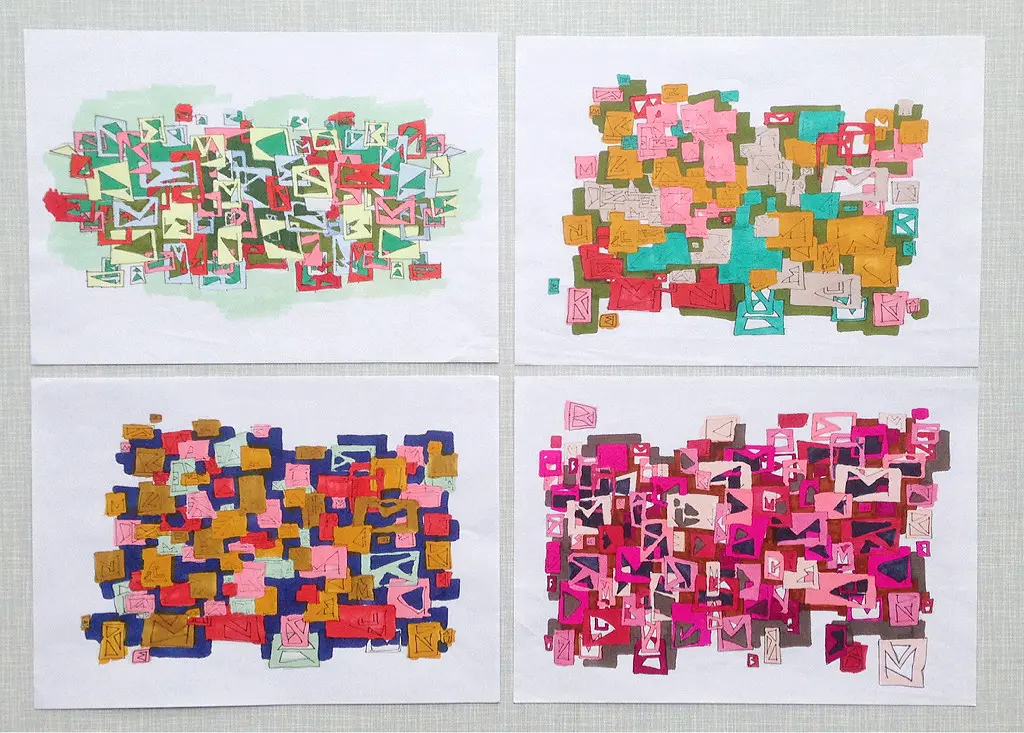
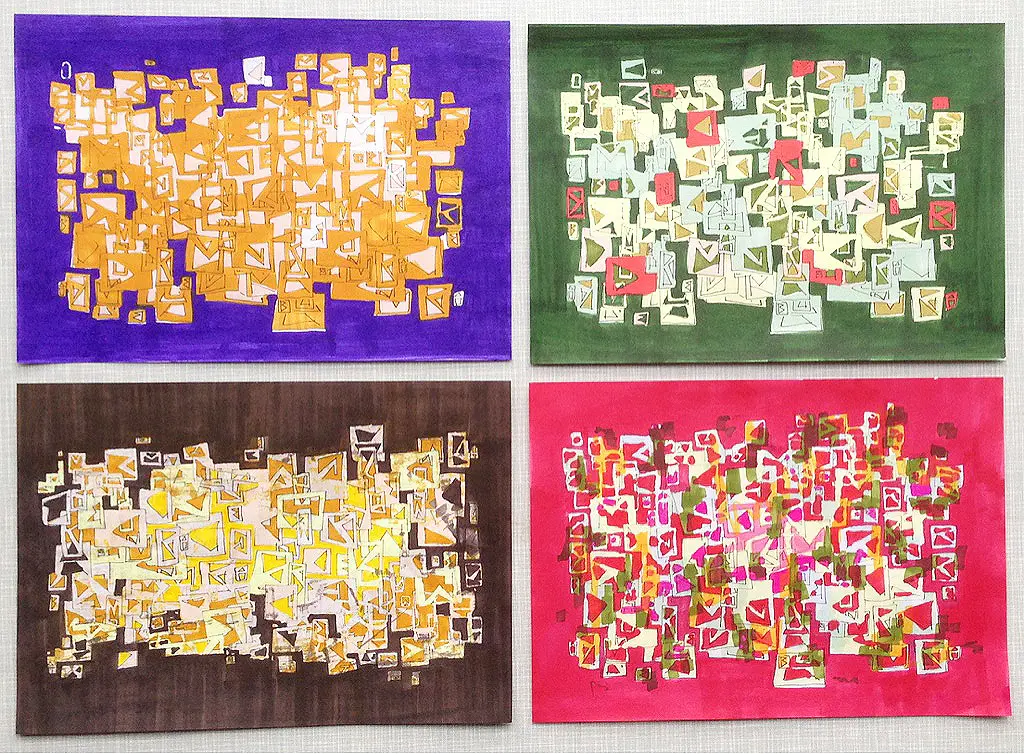
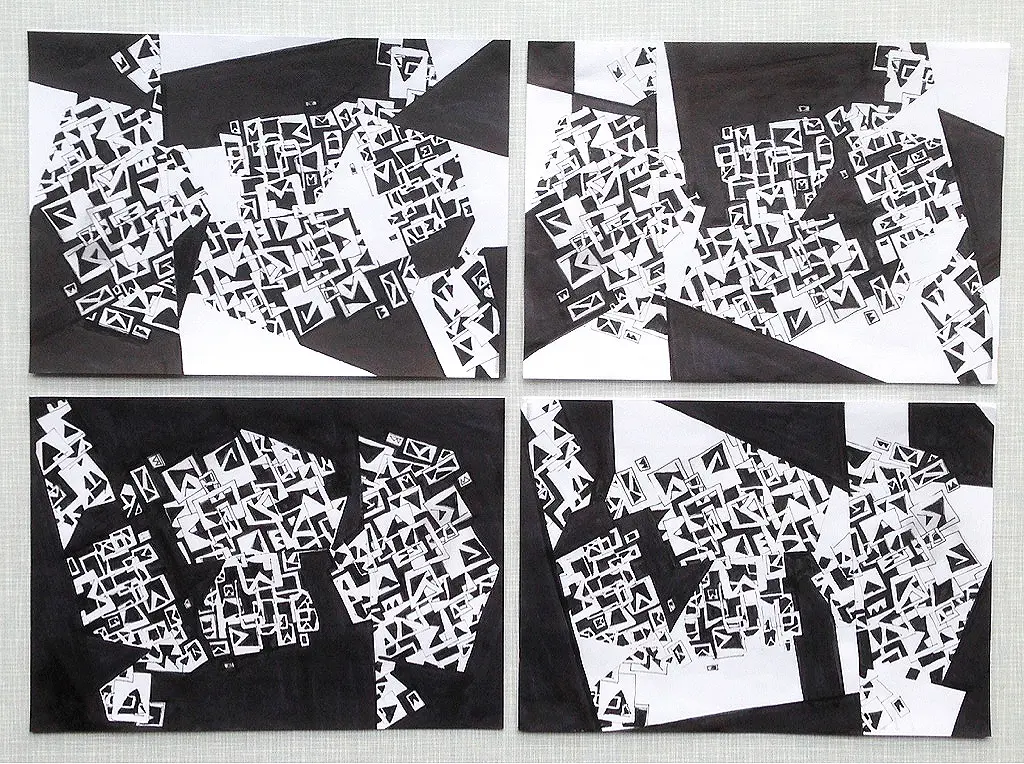

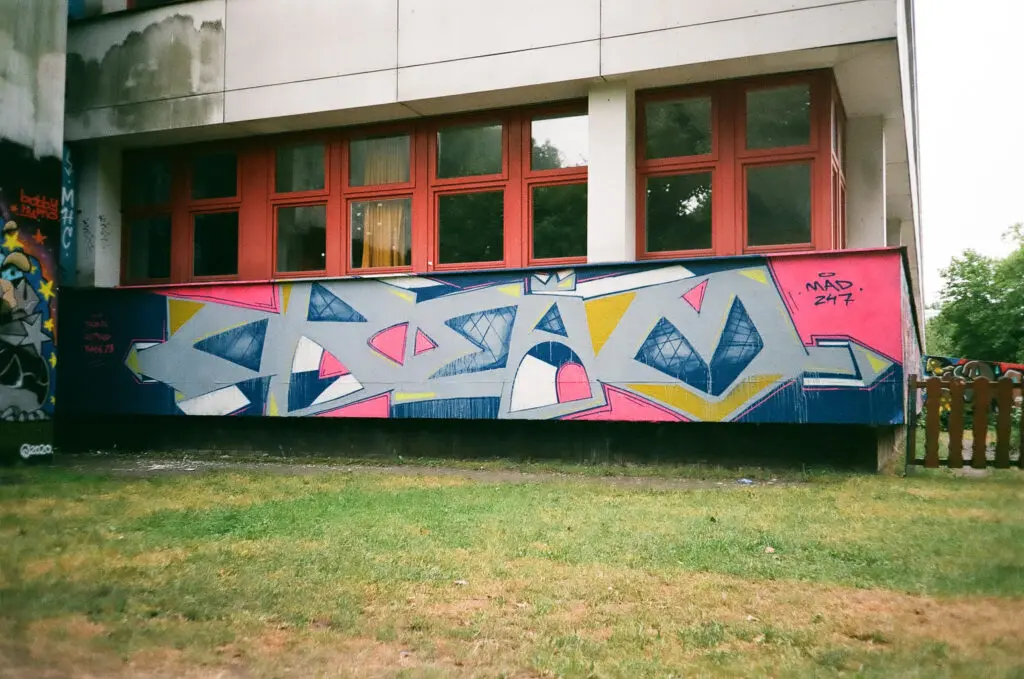
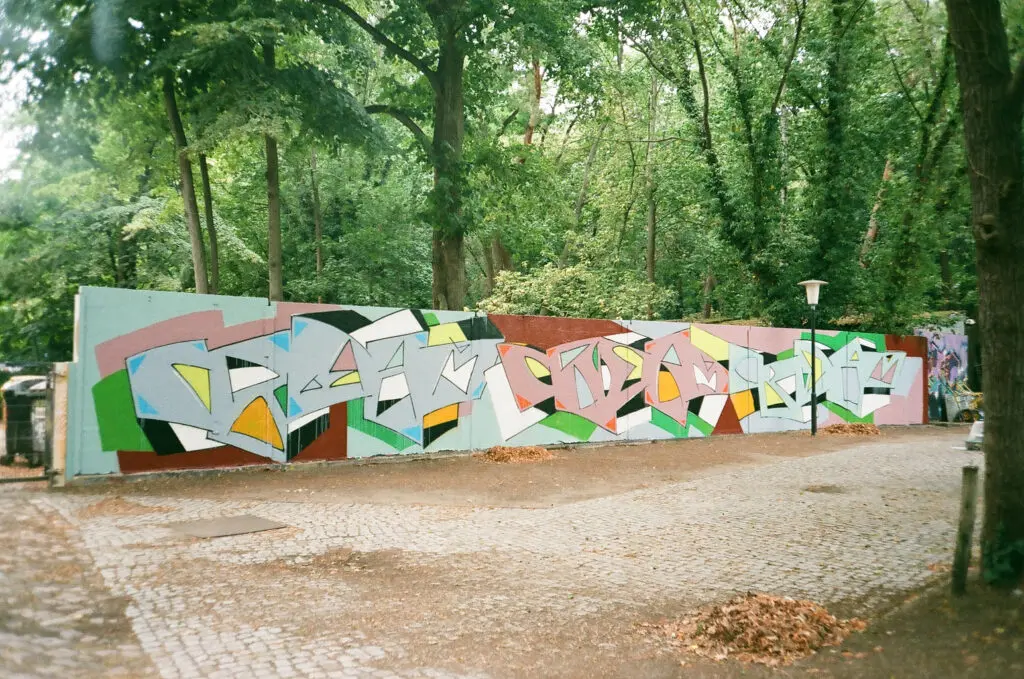
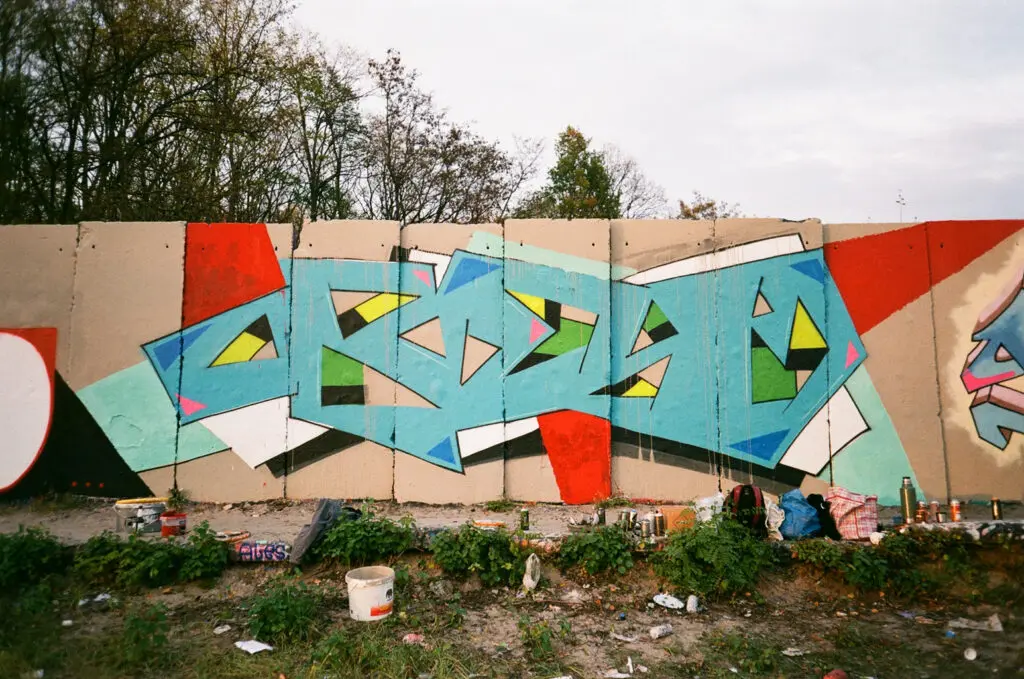
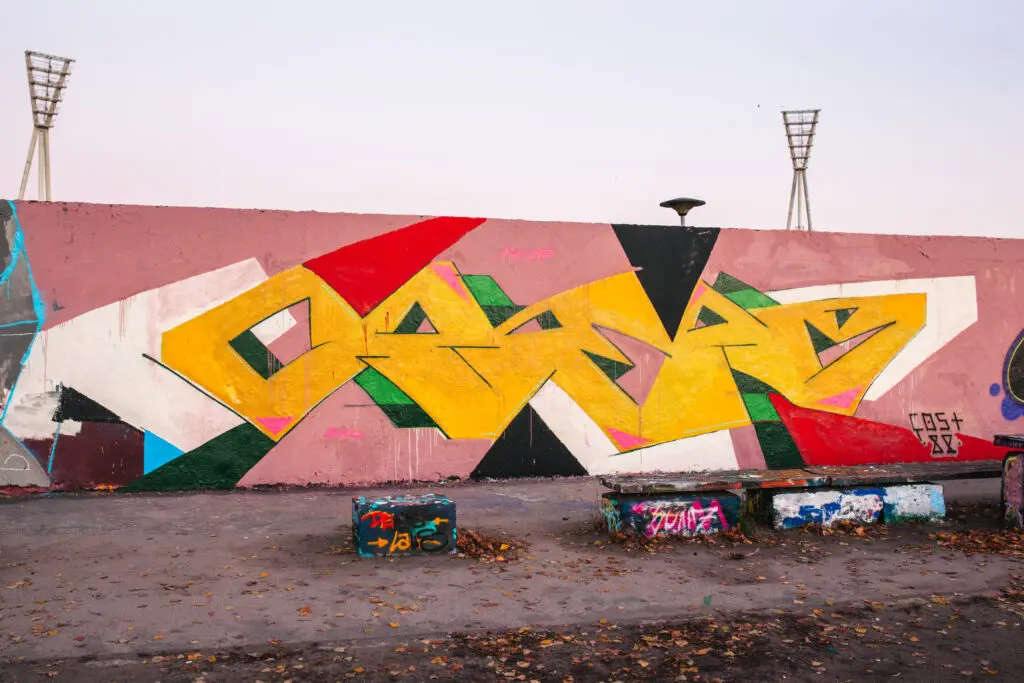

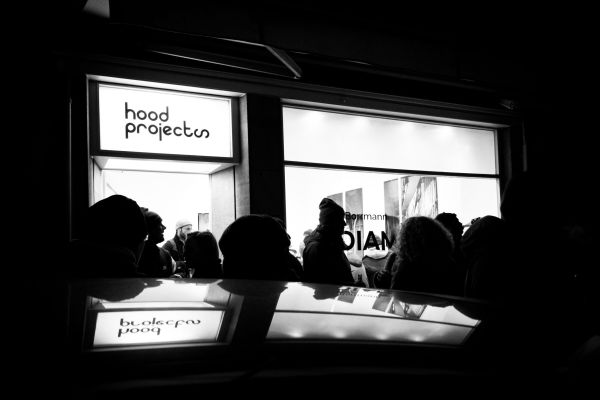
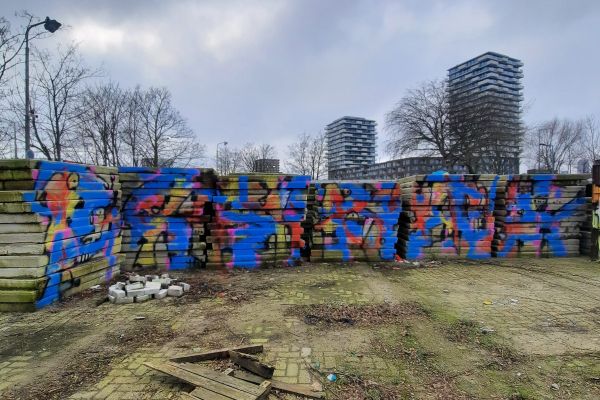
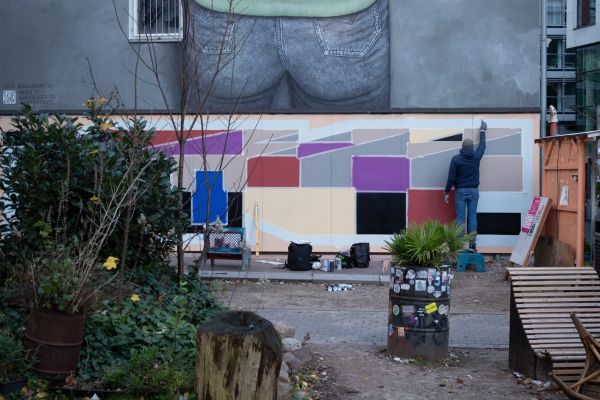
Leave a Reply